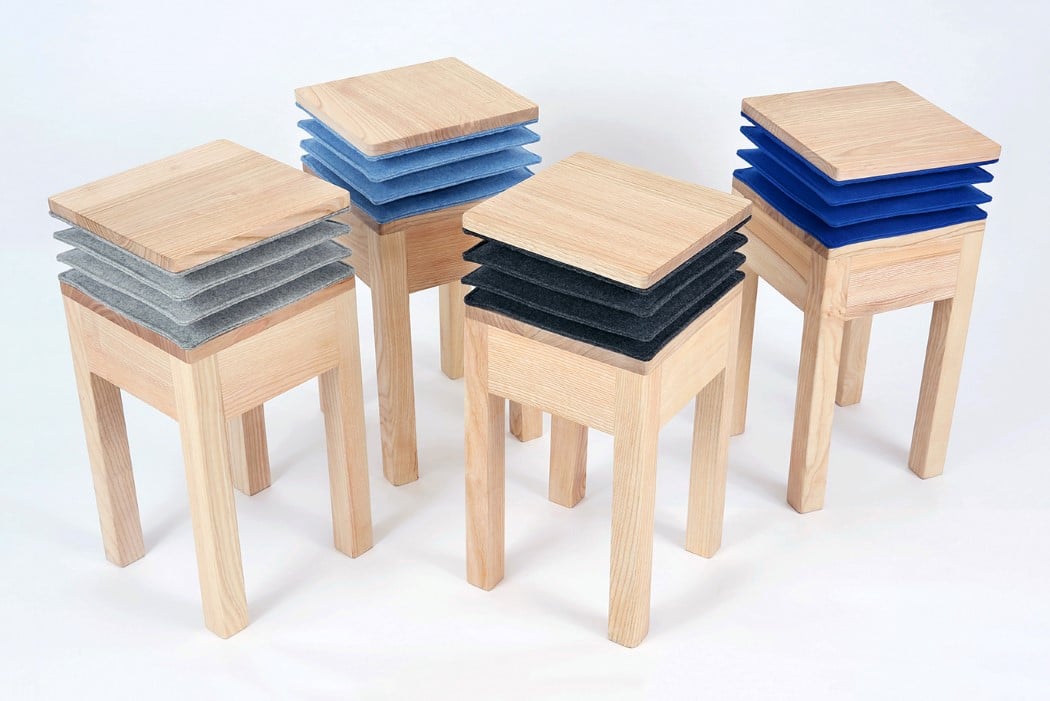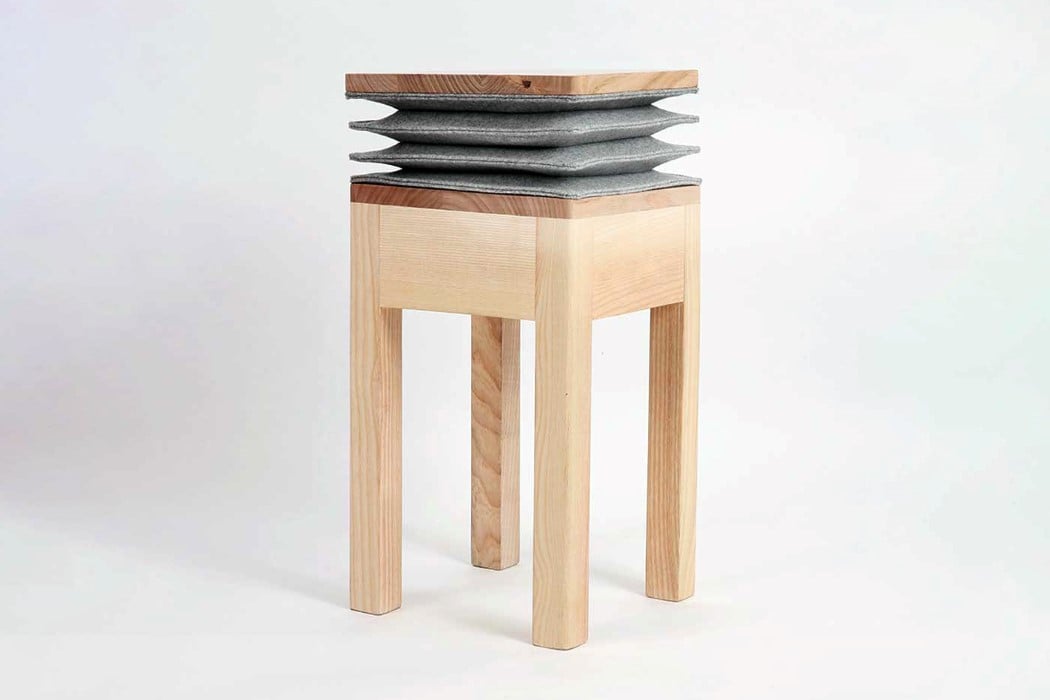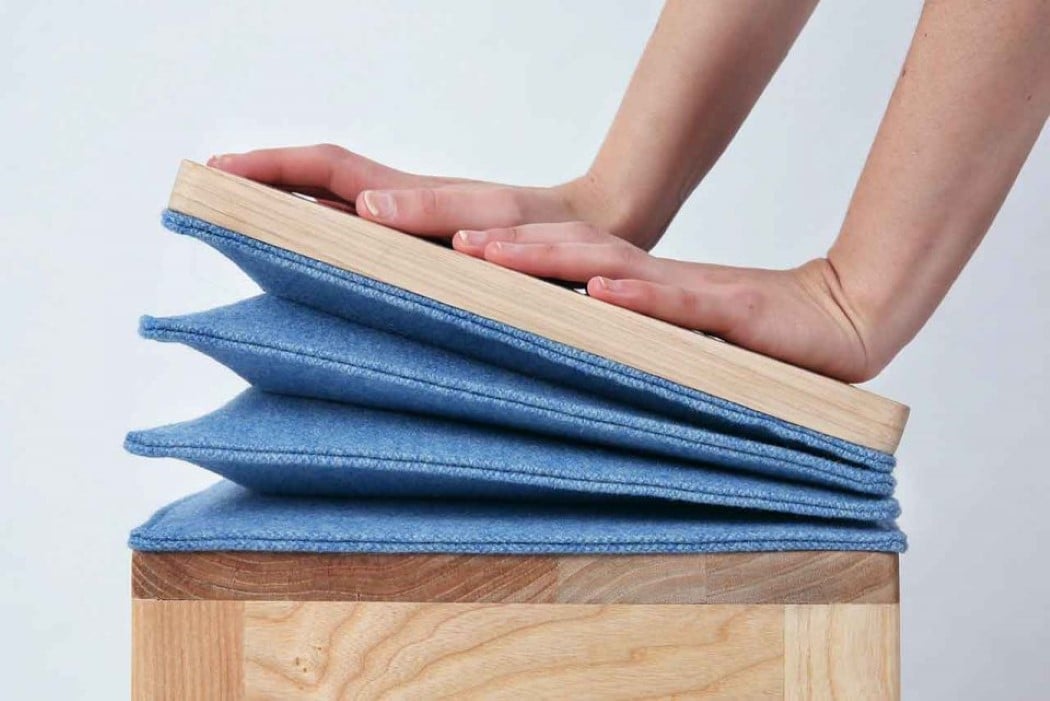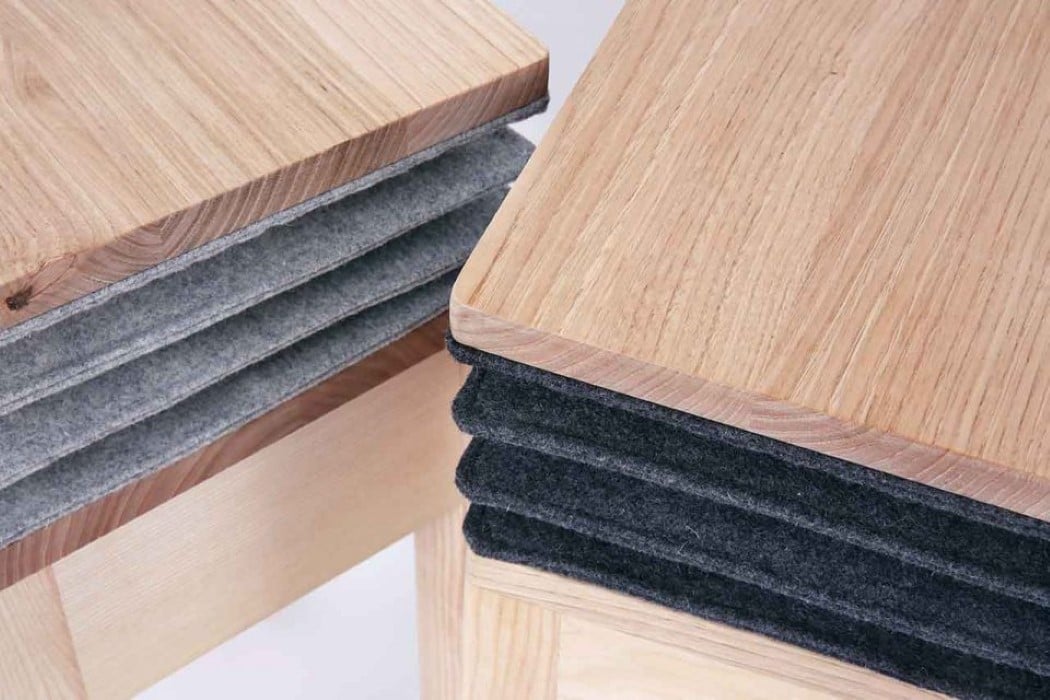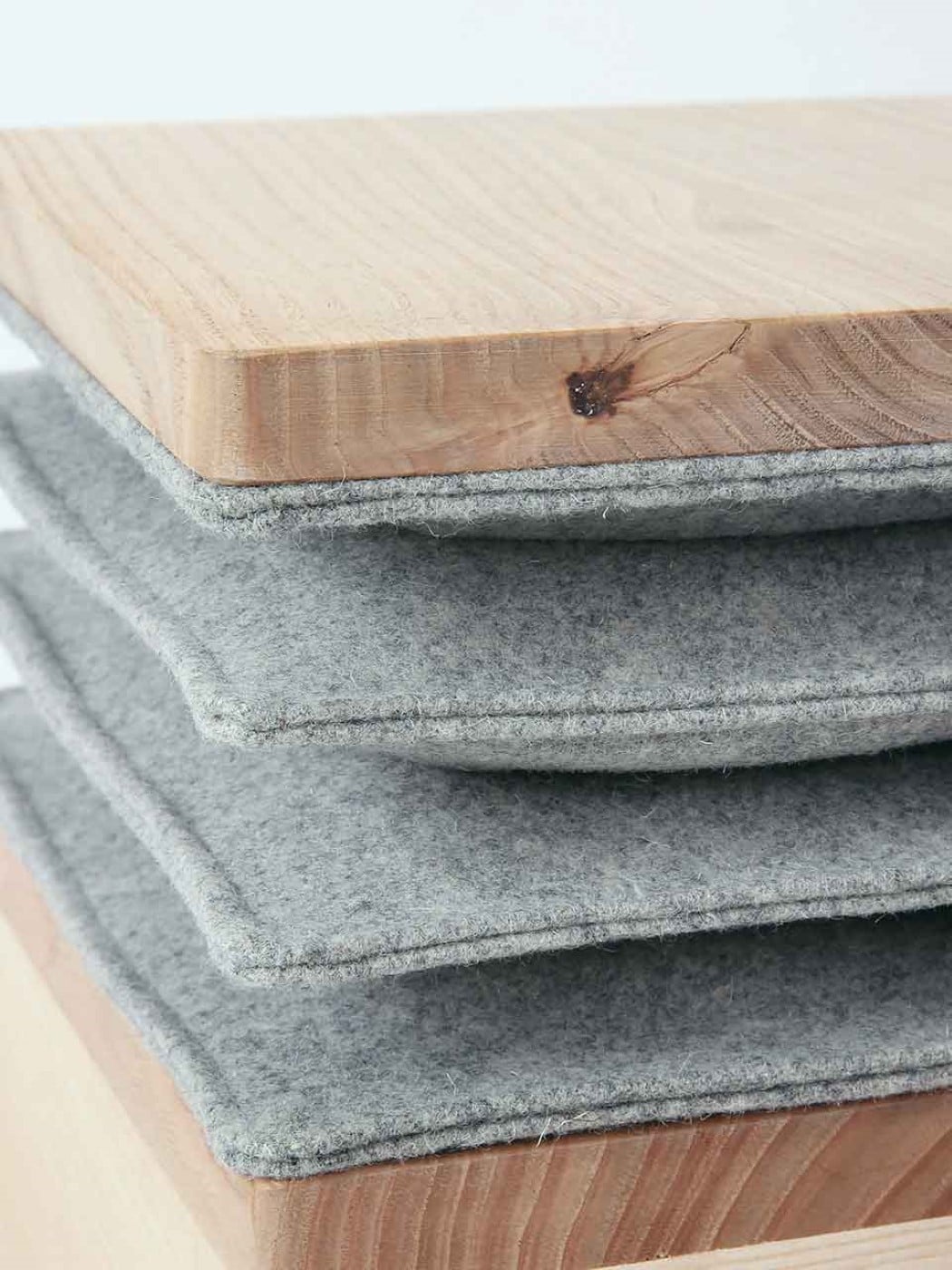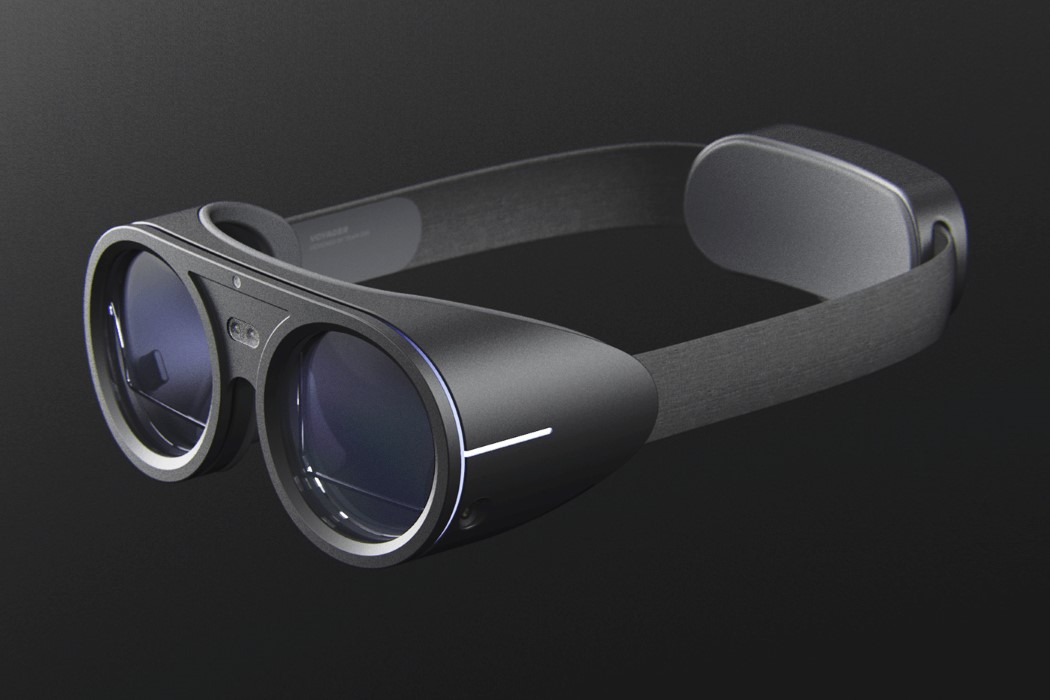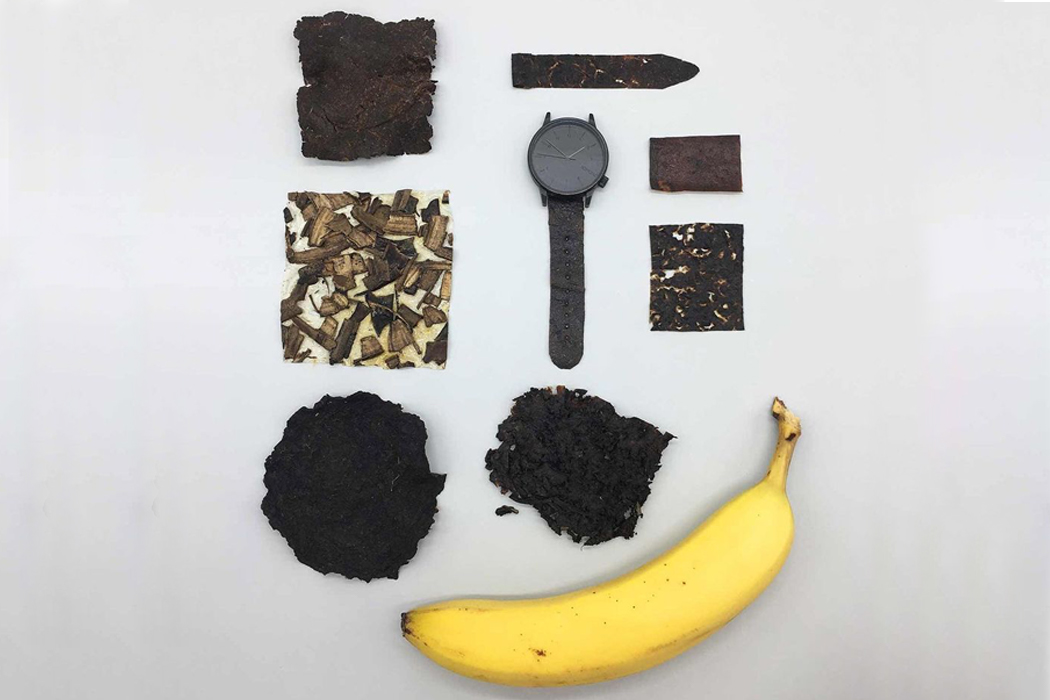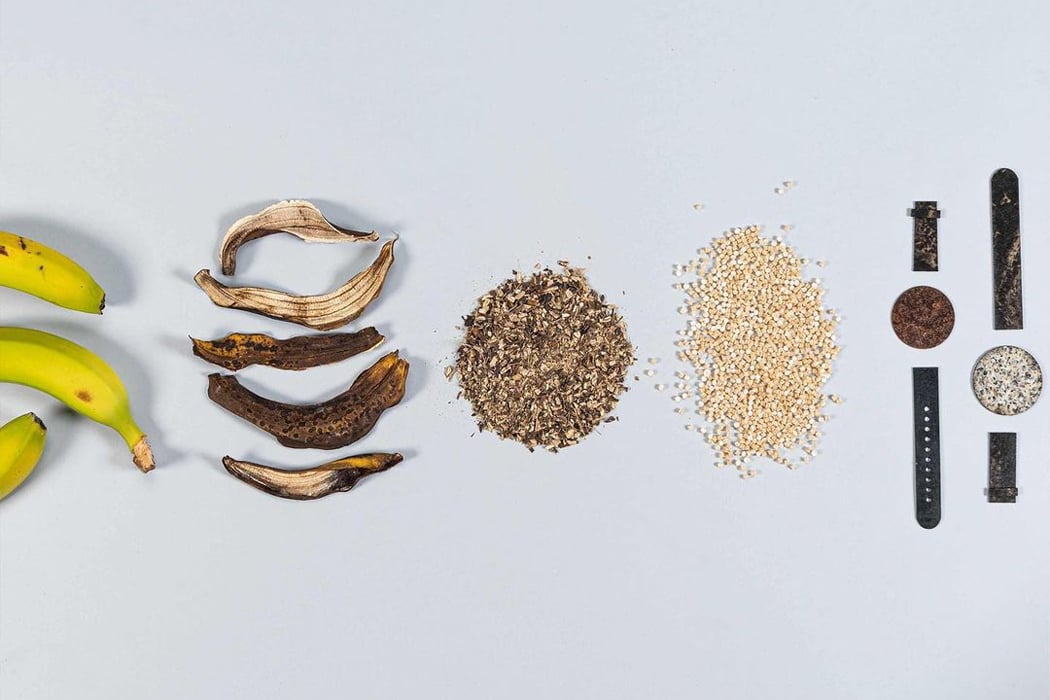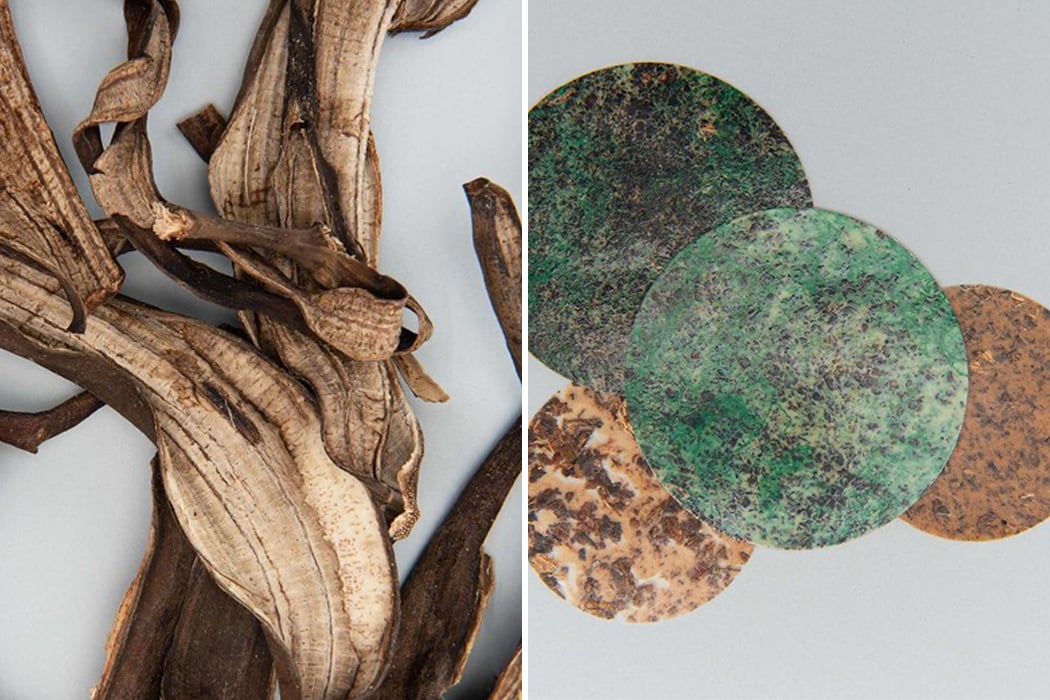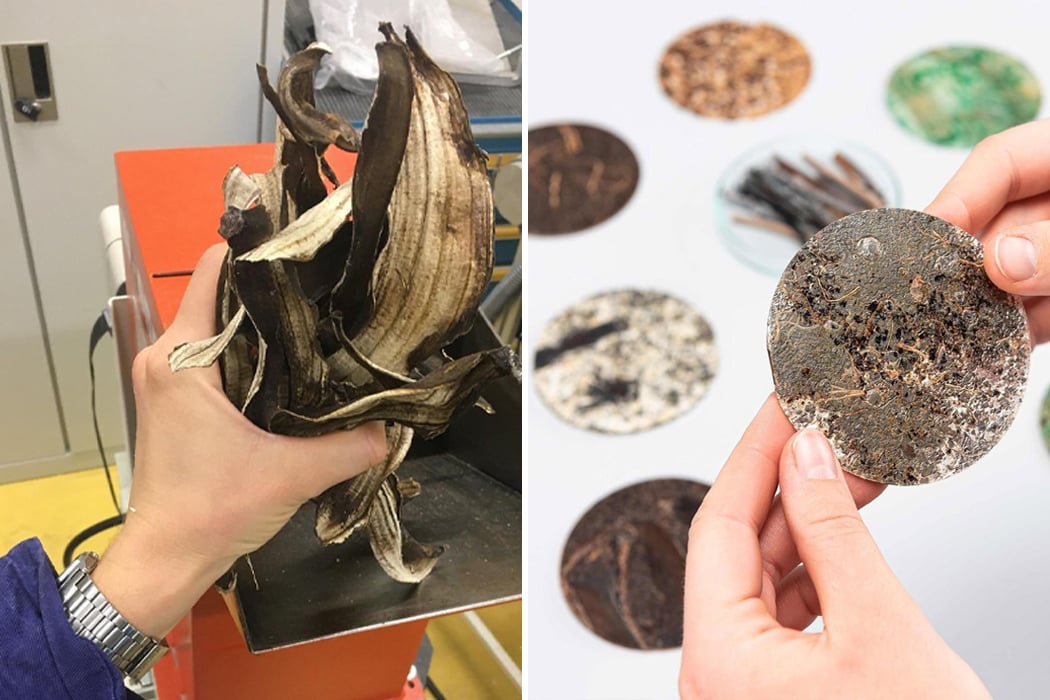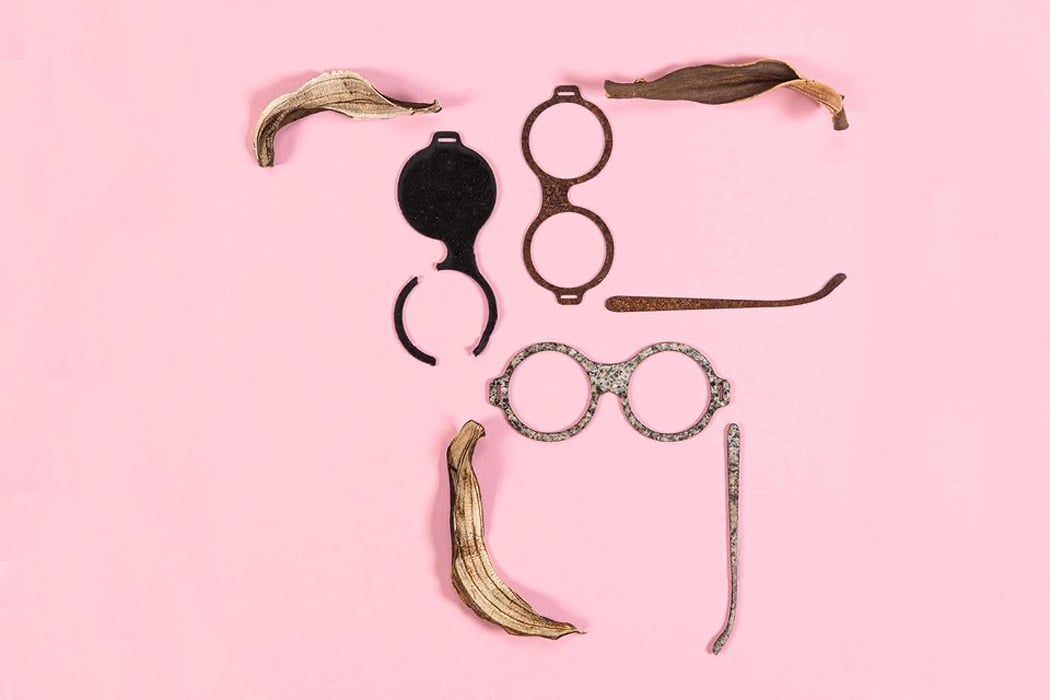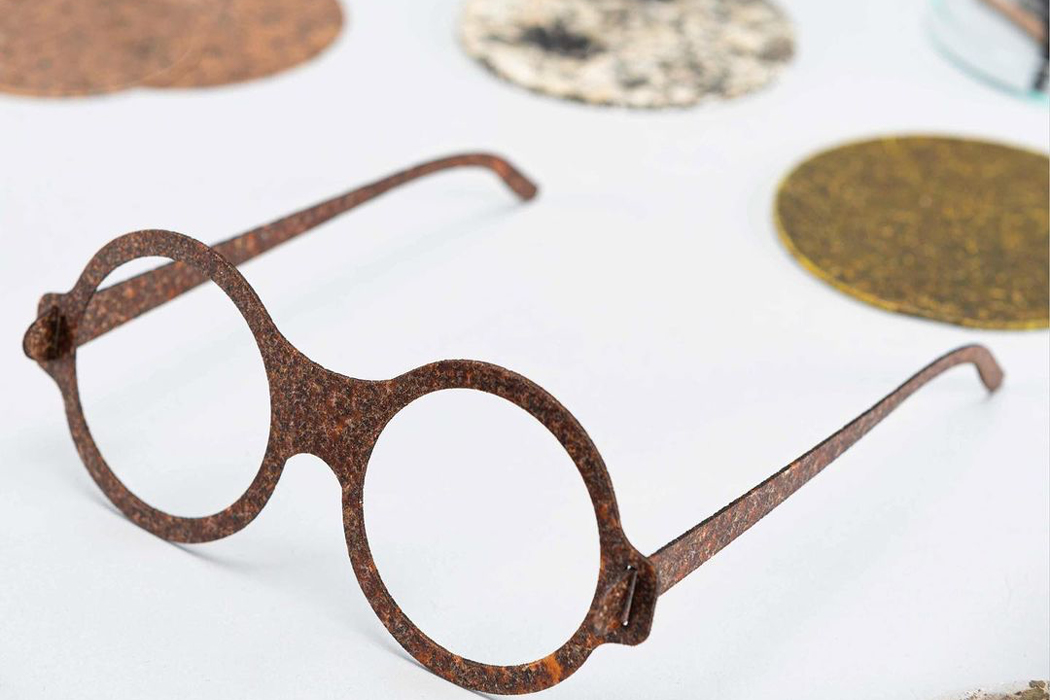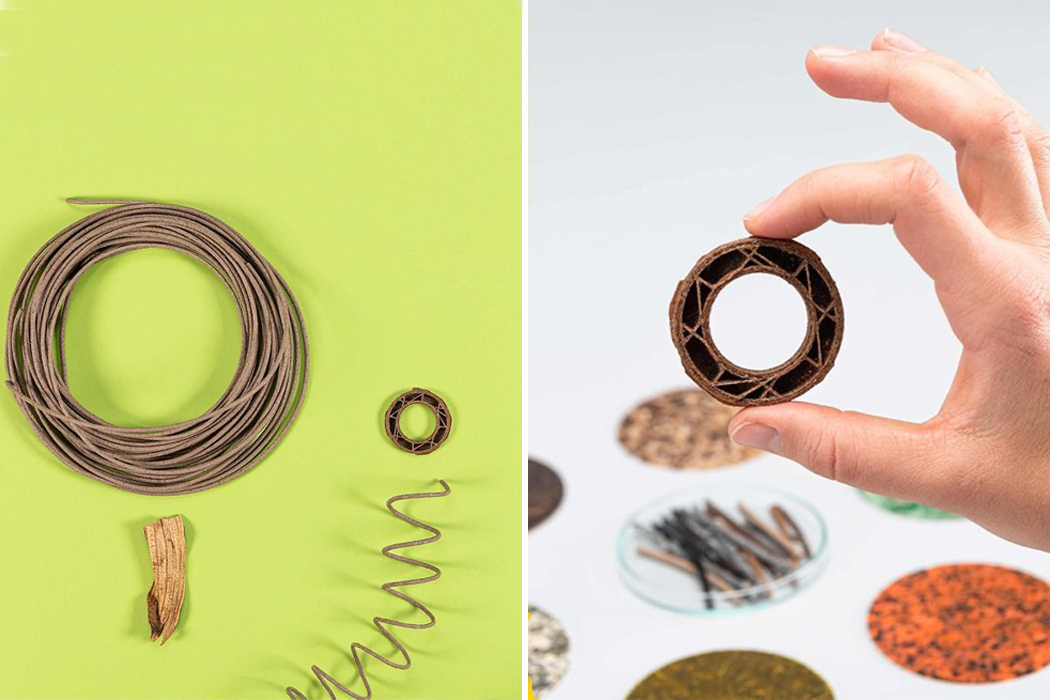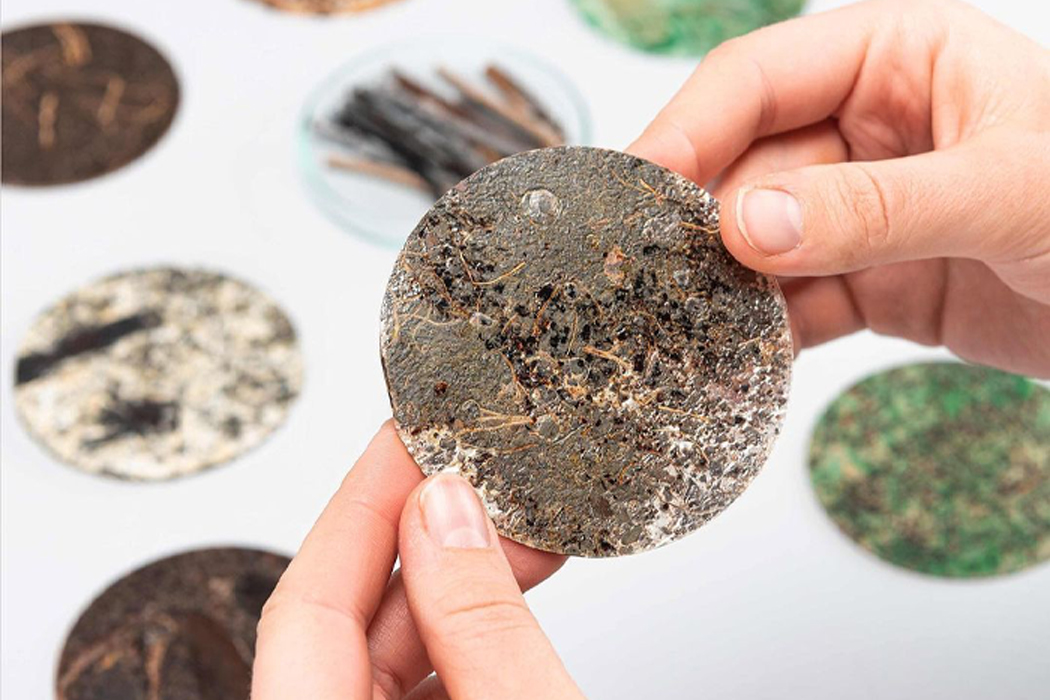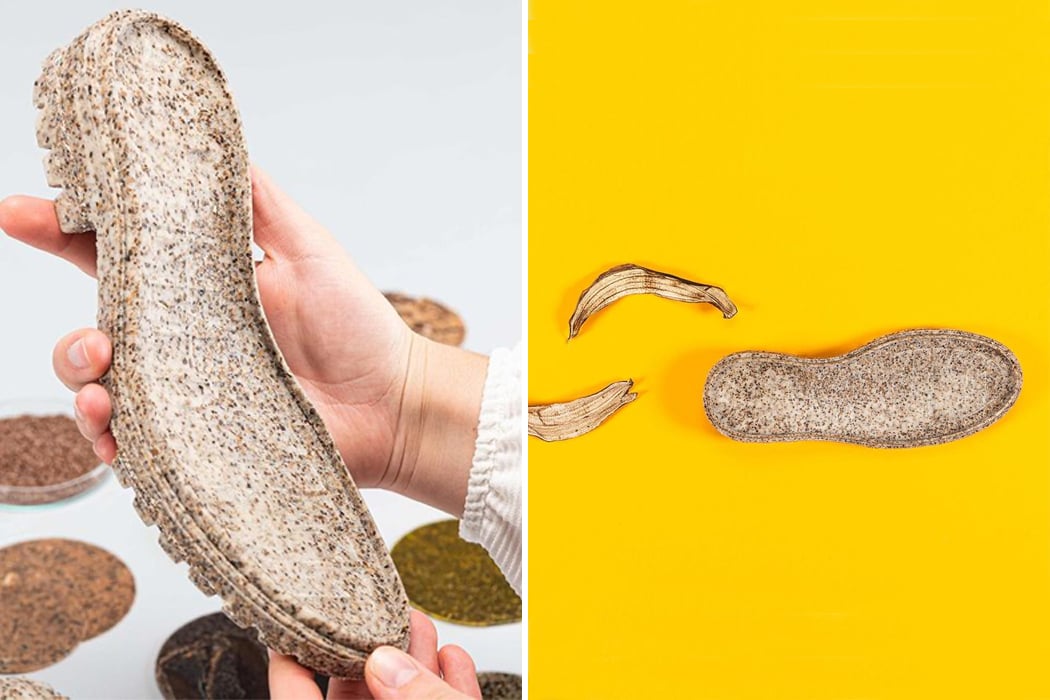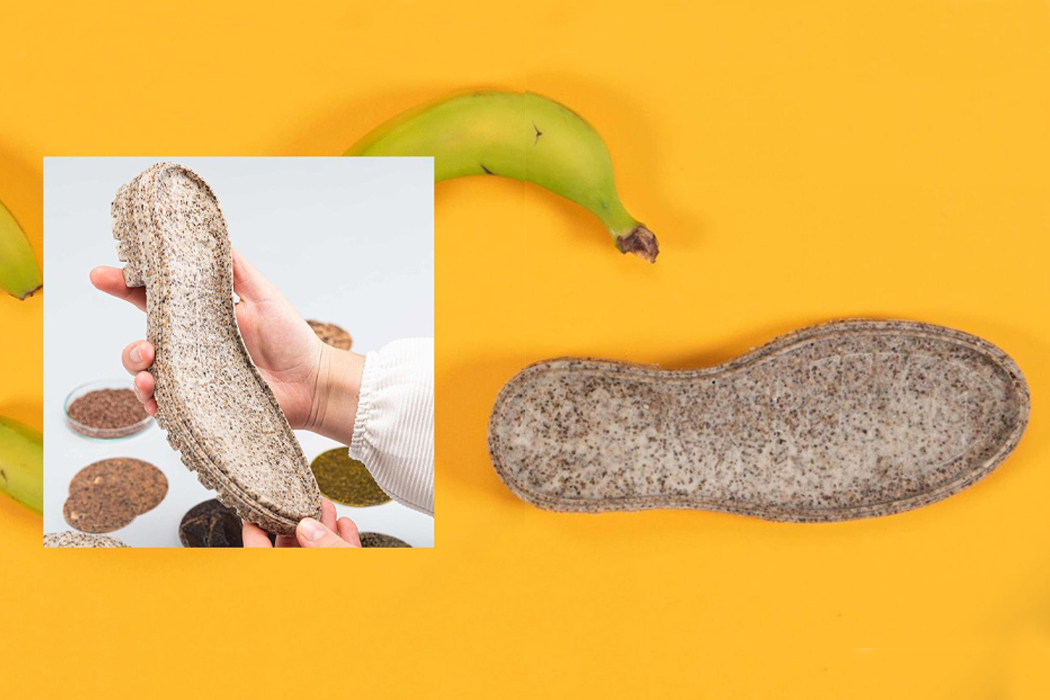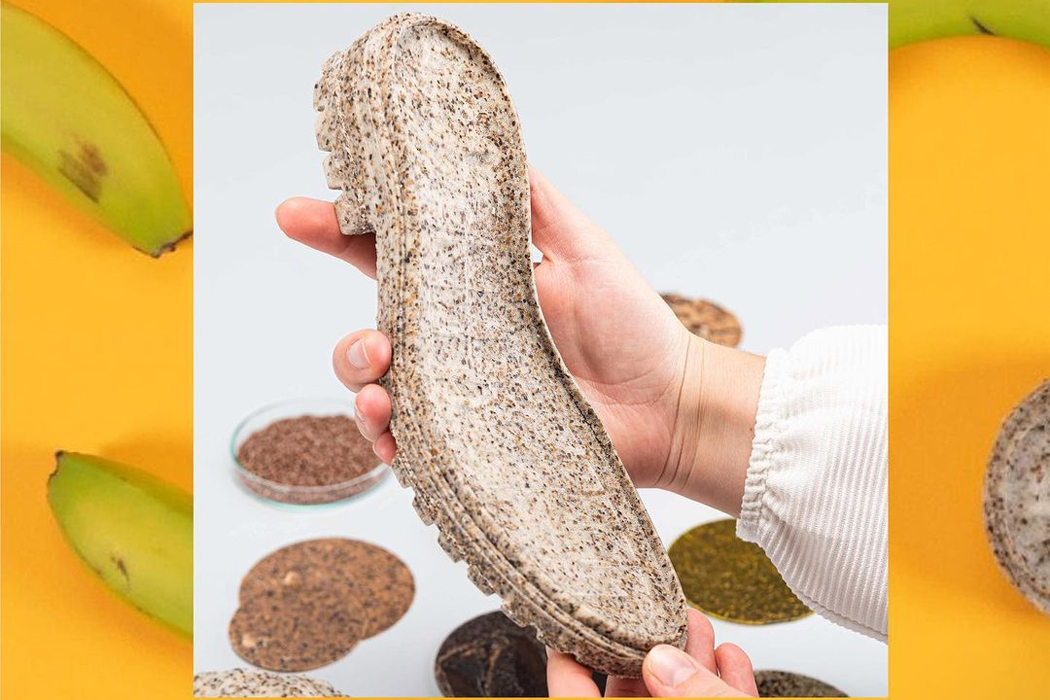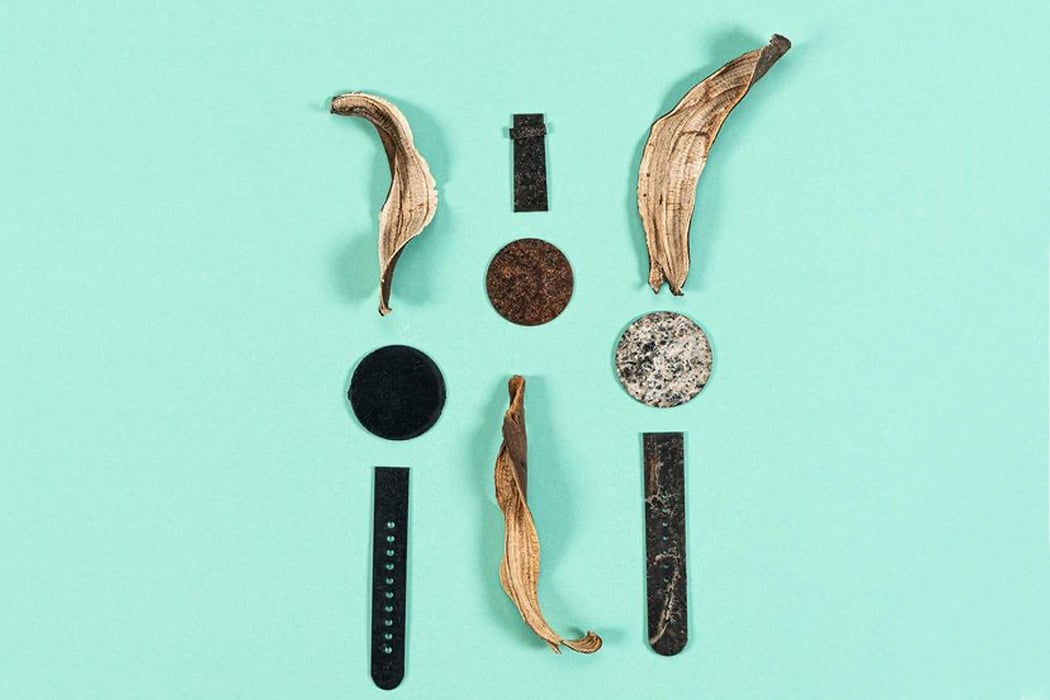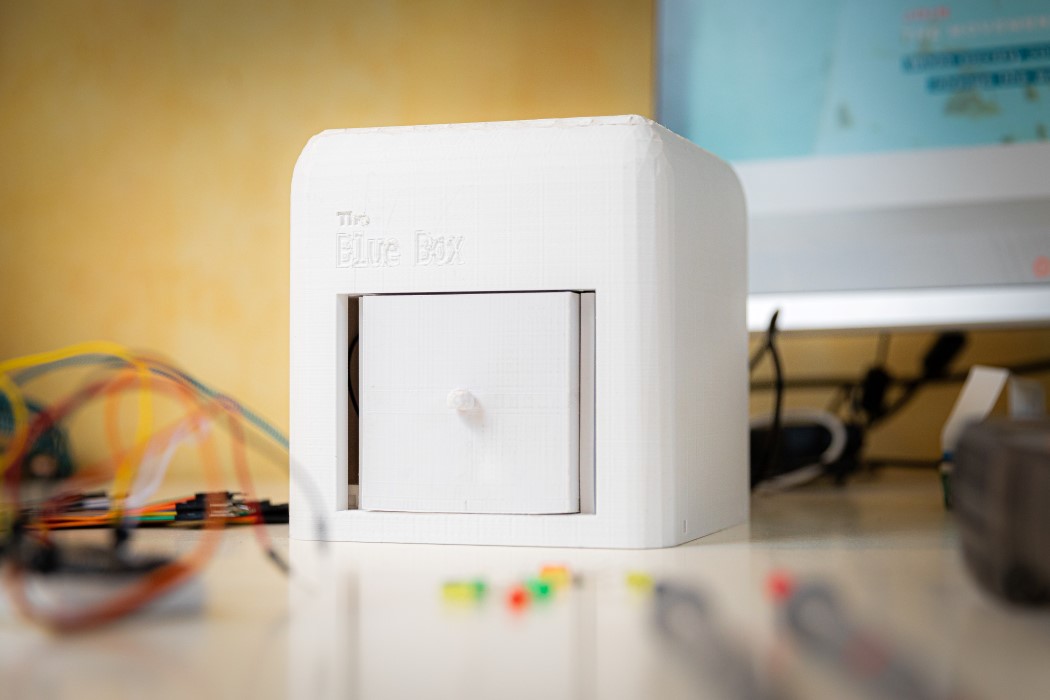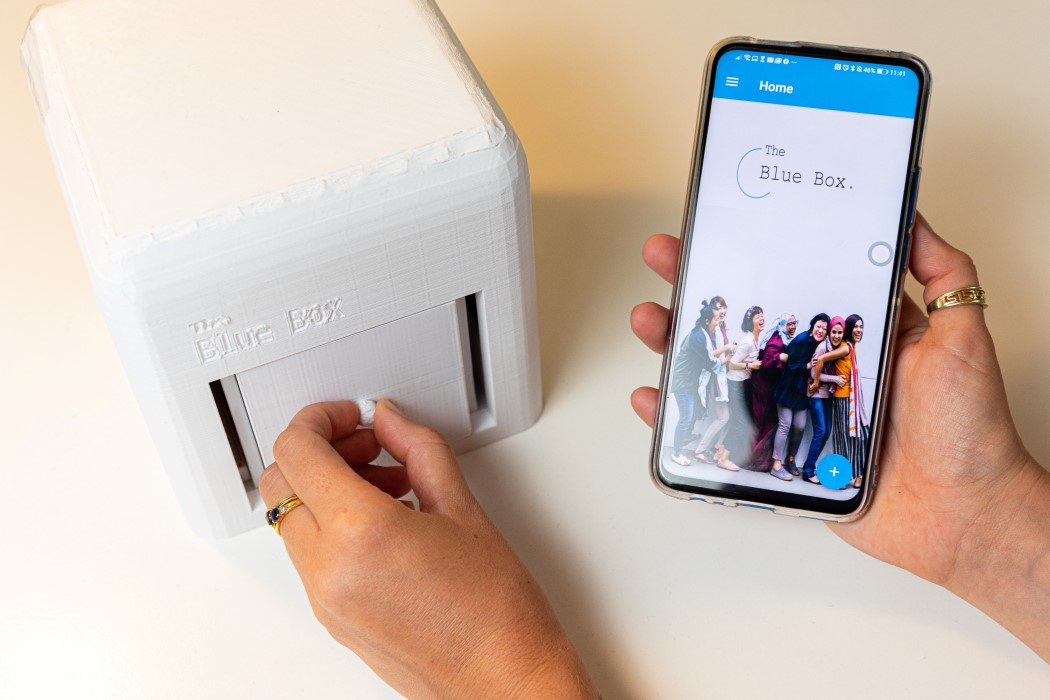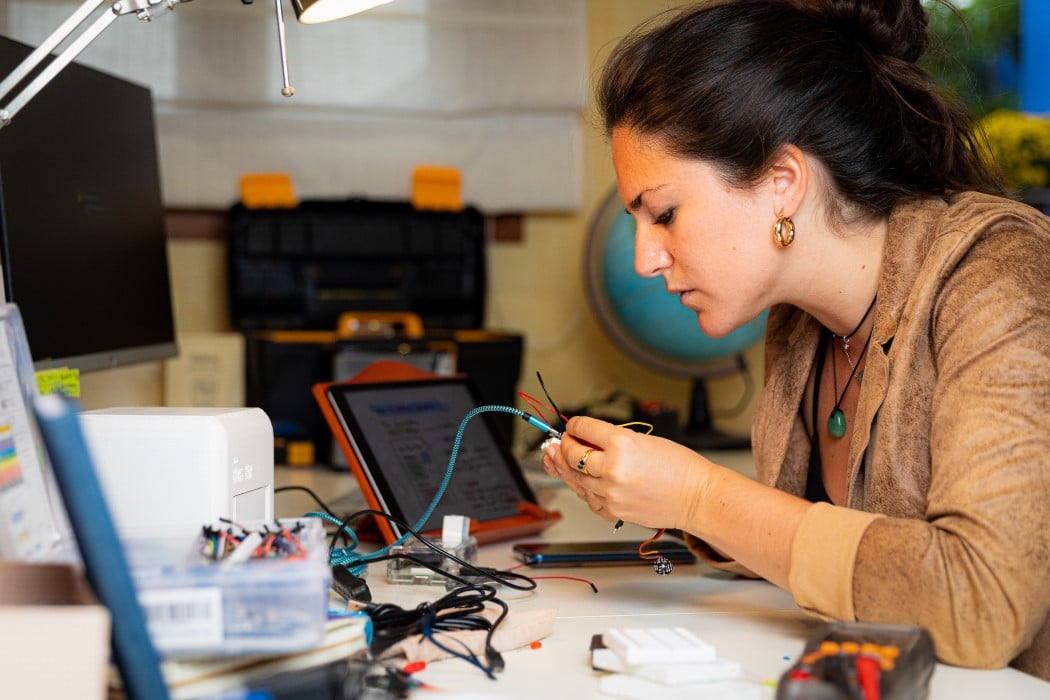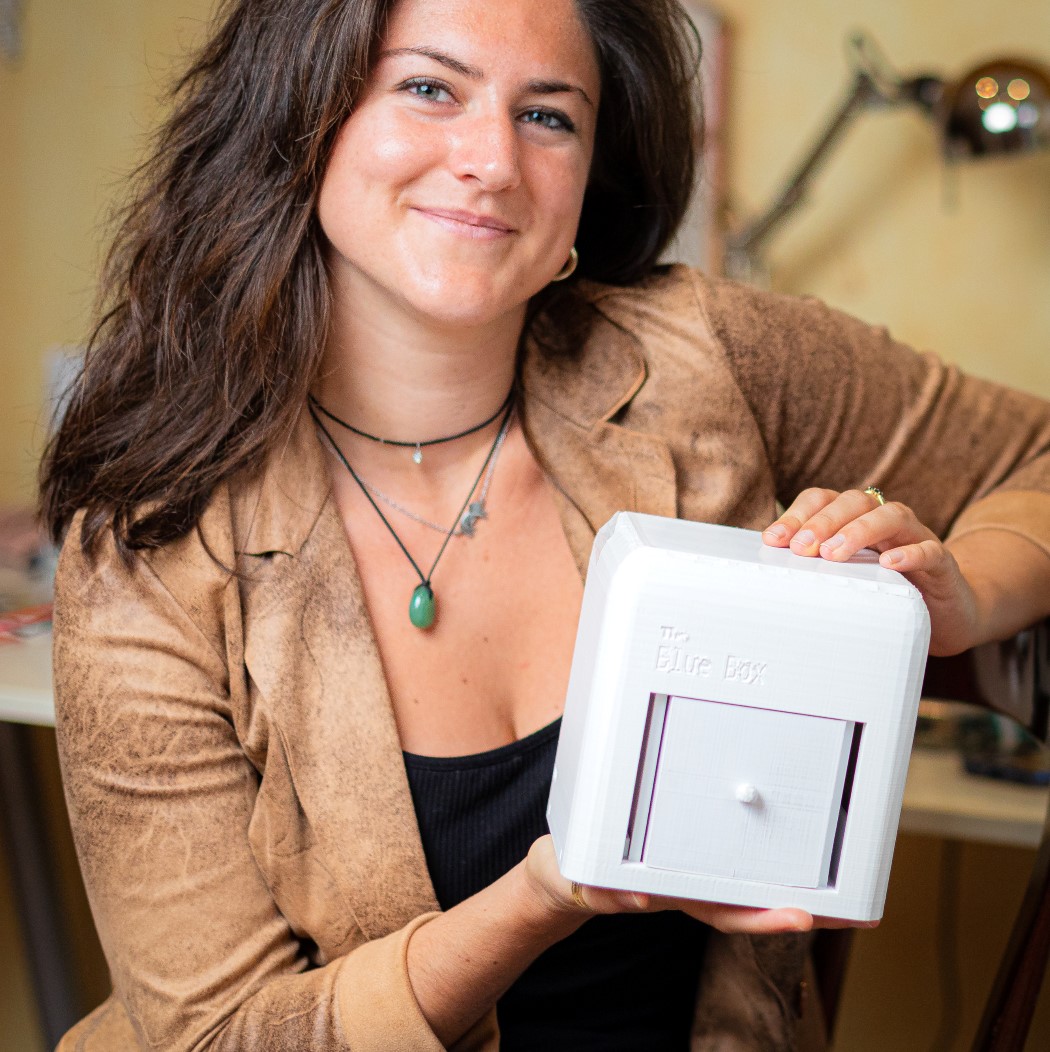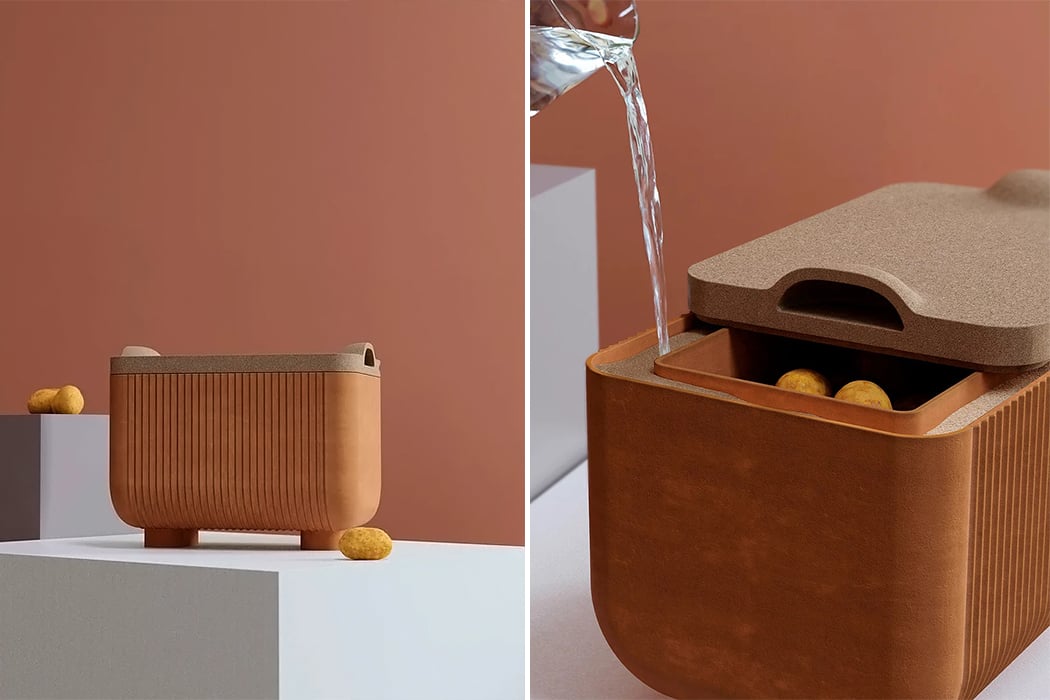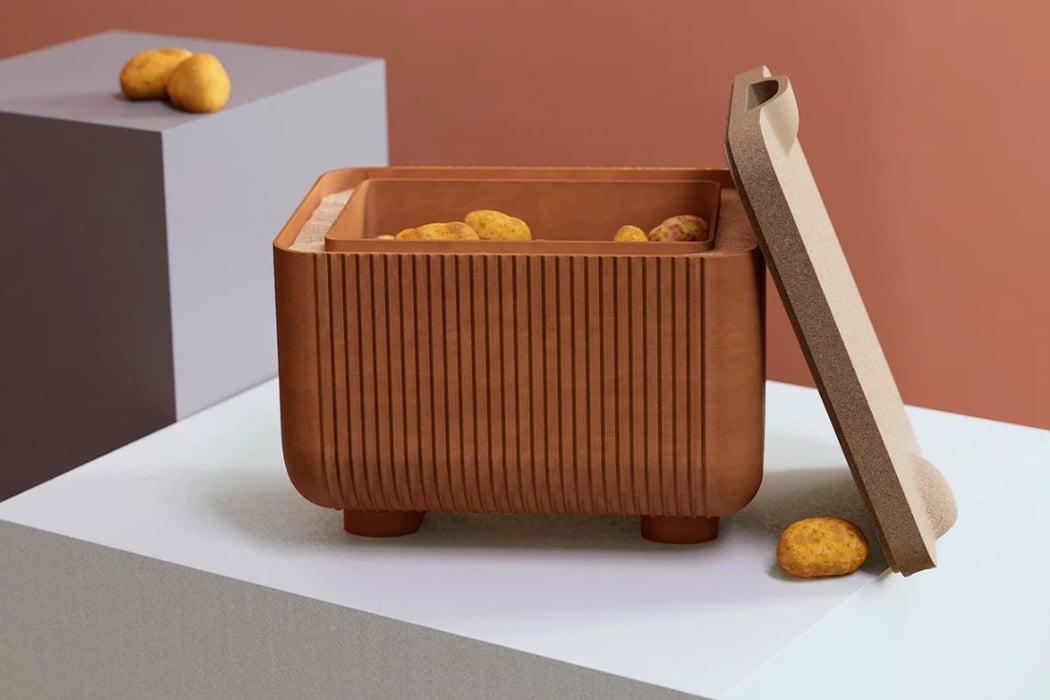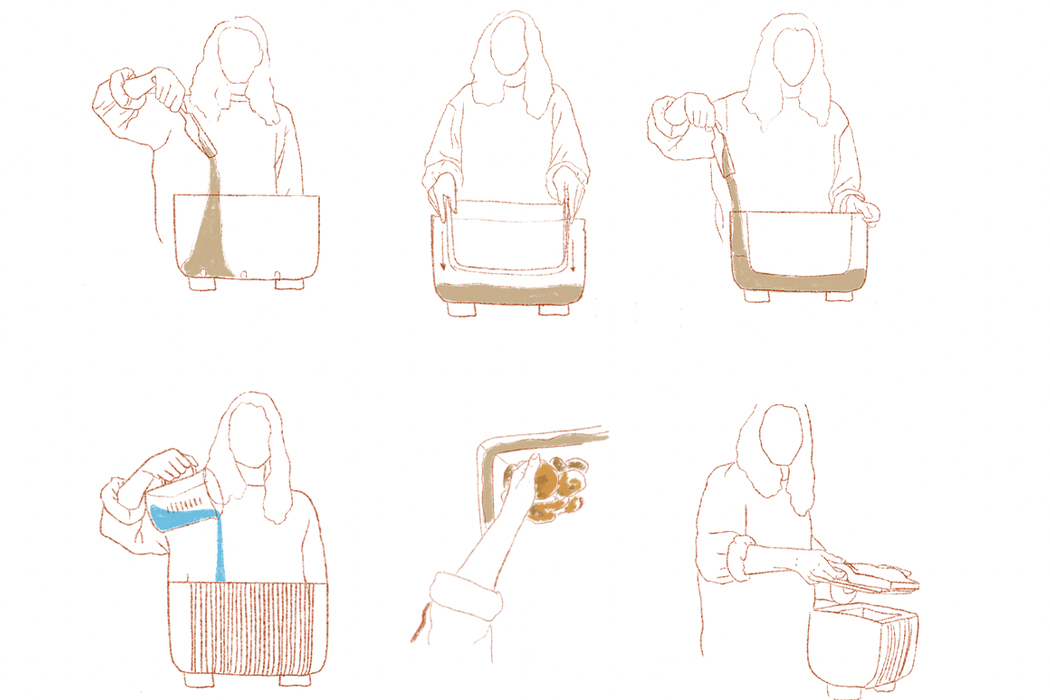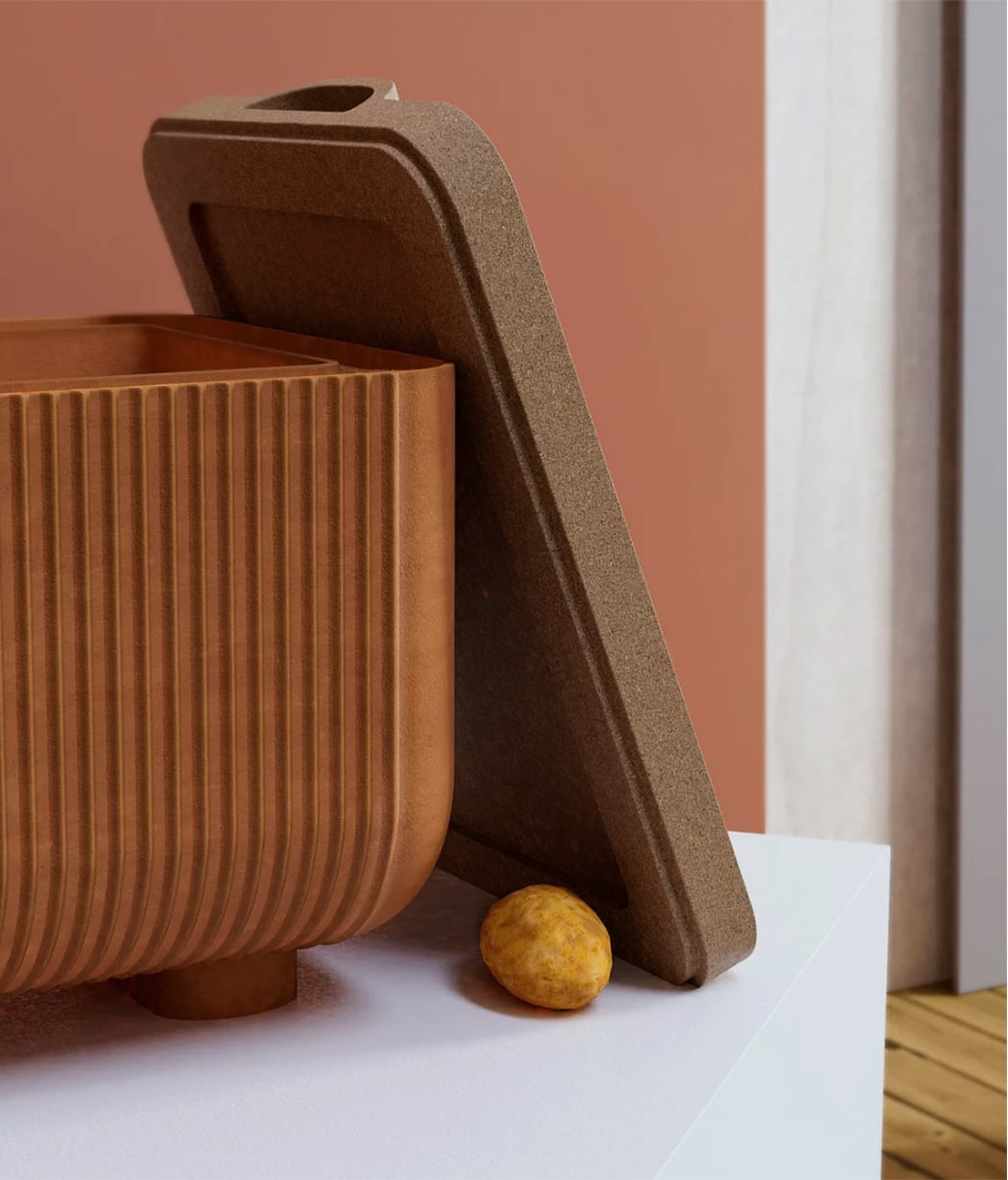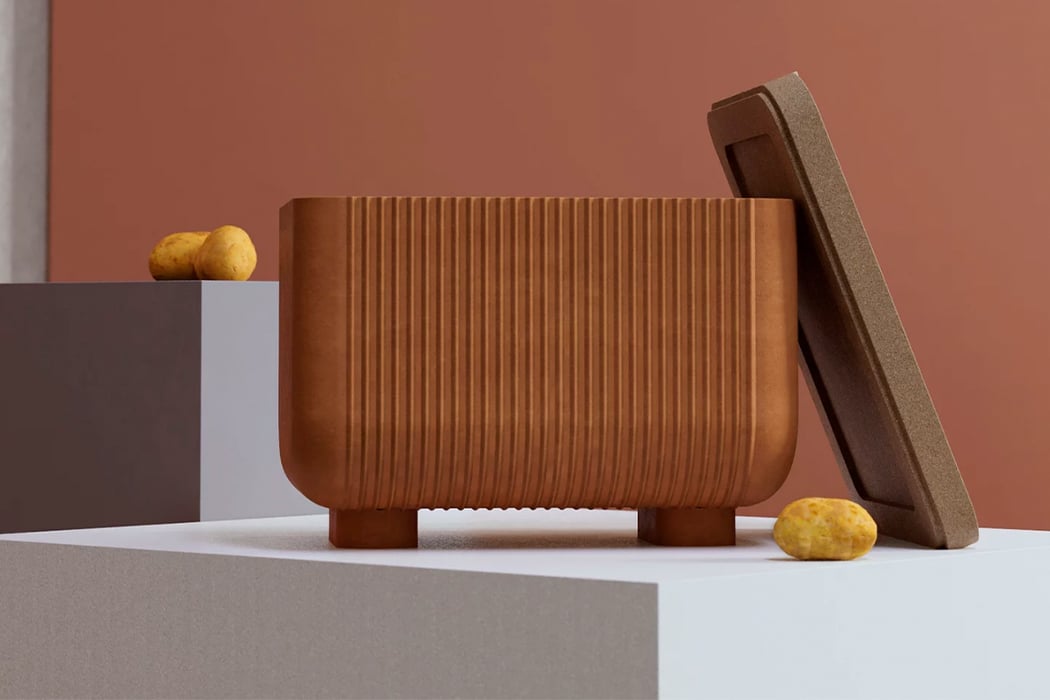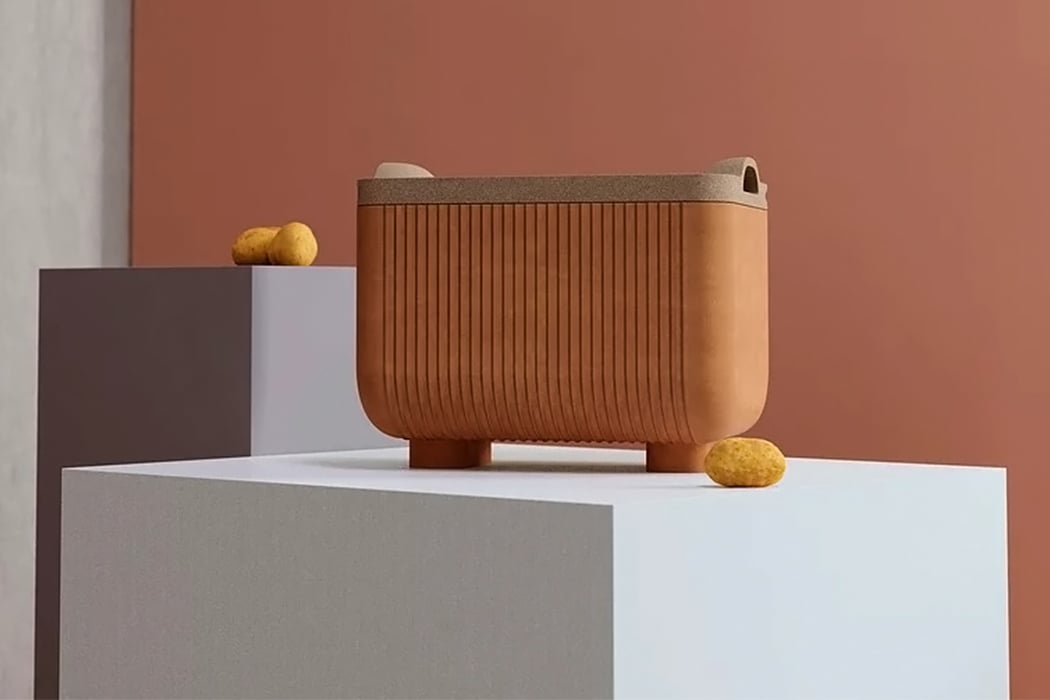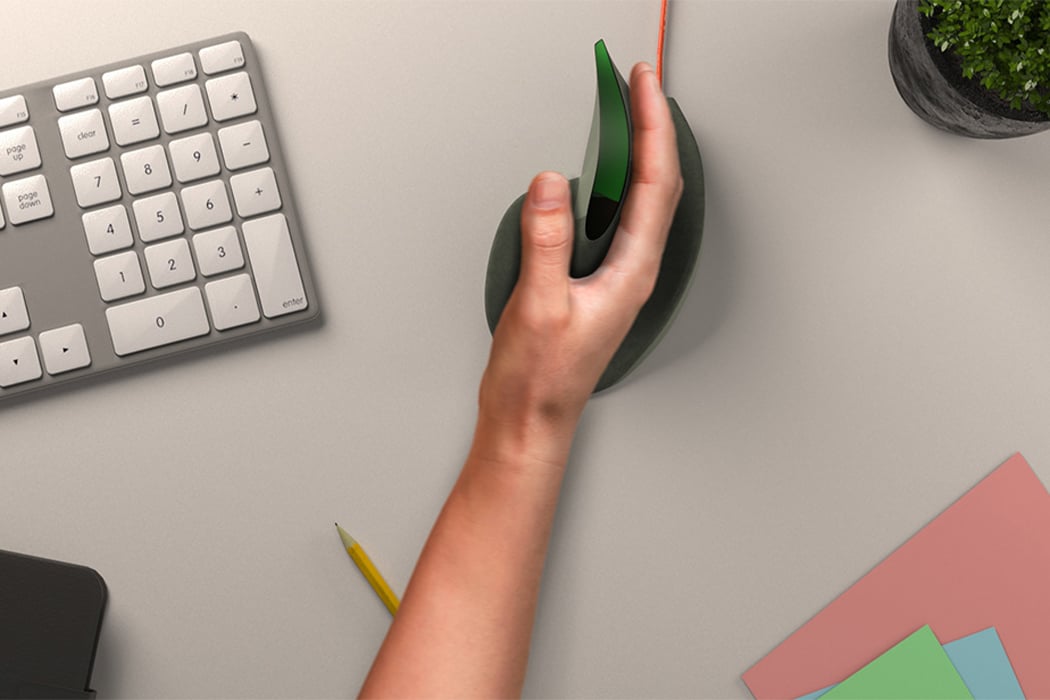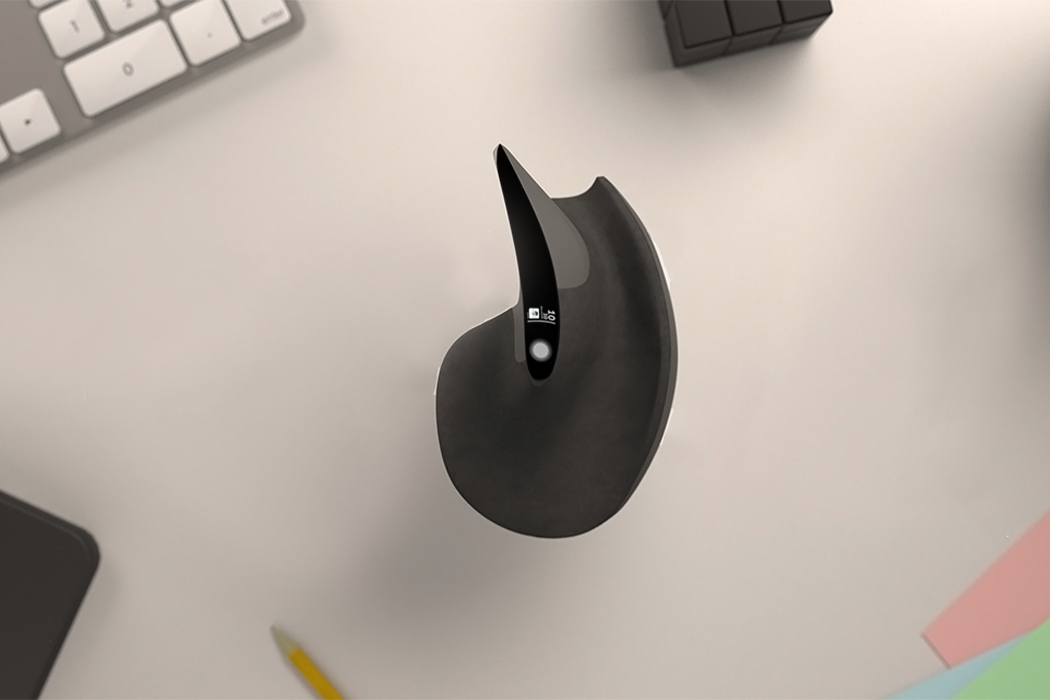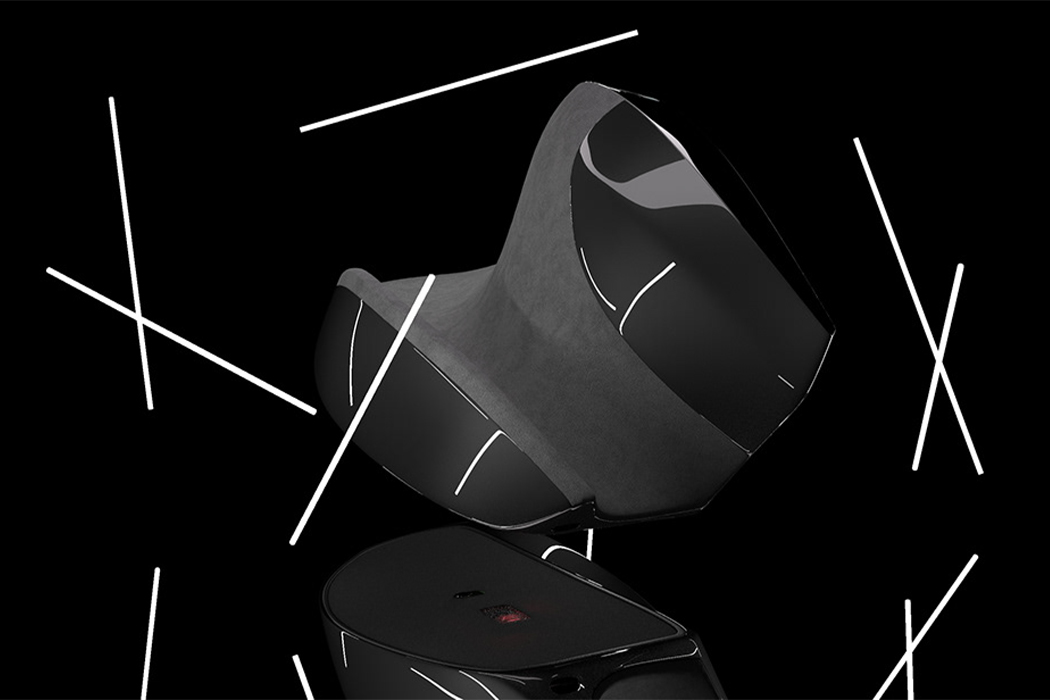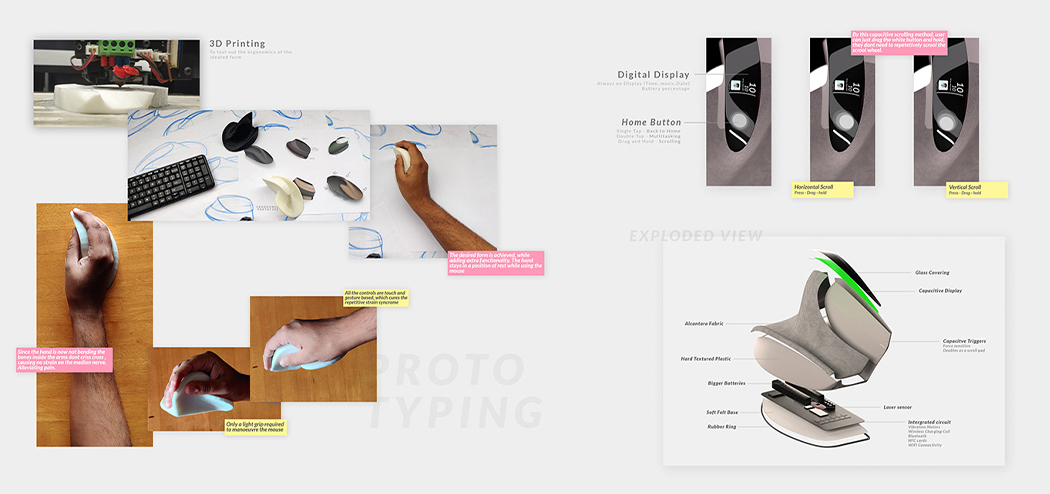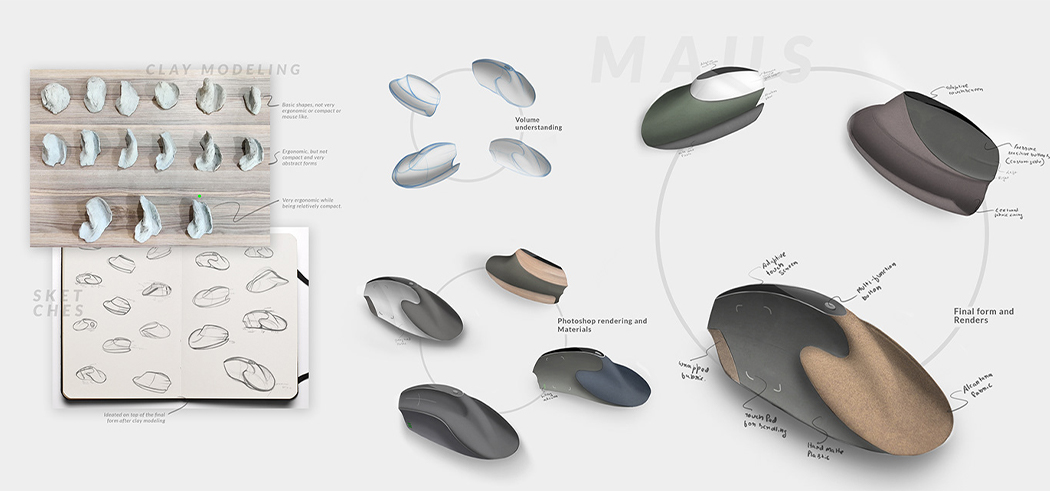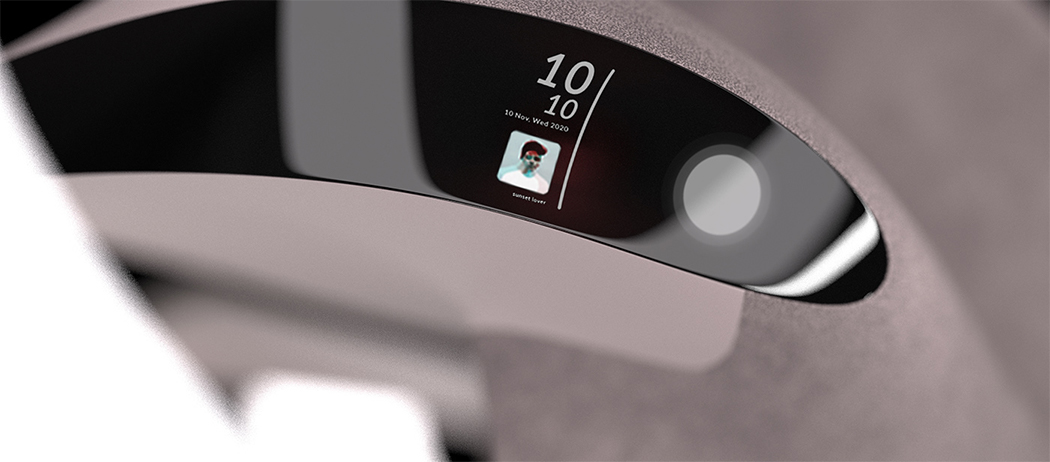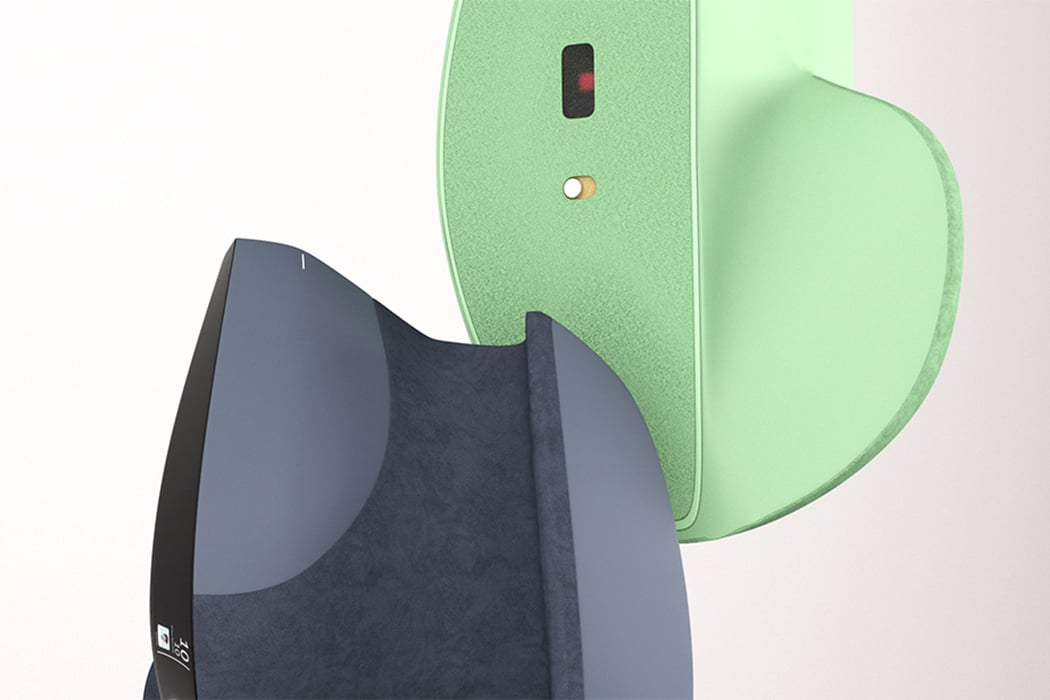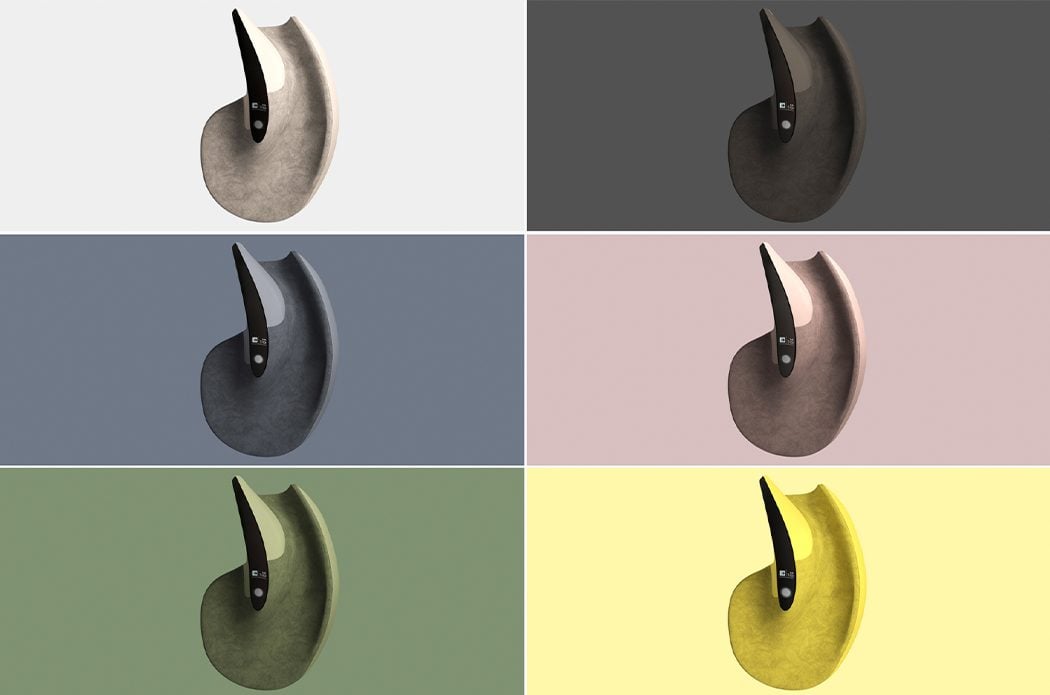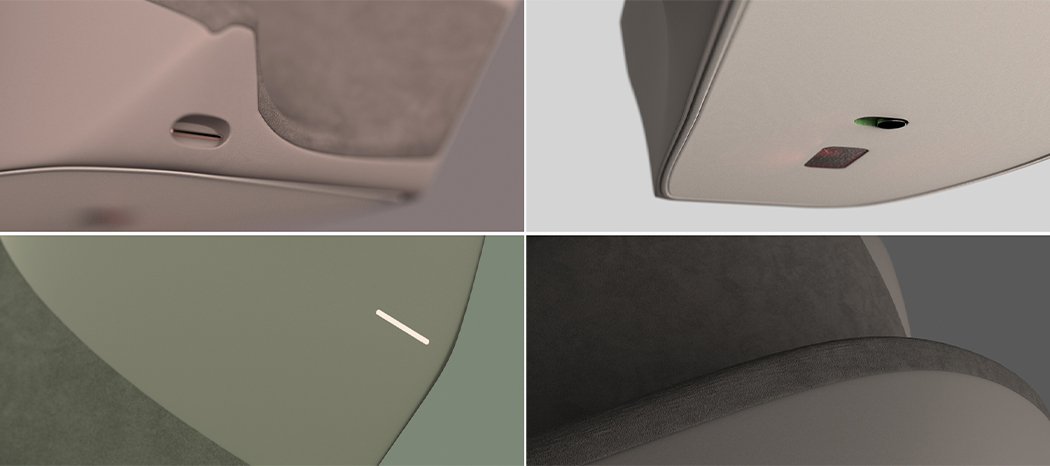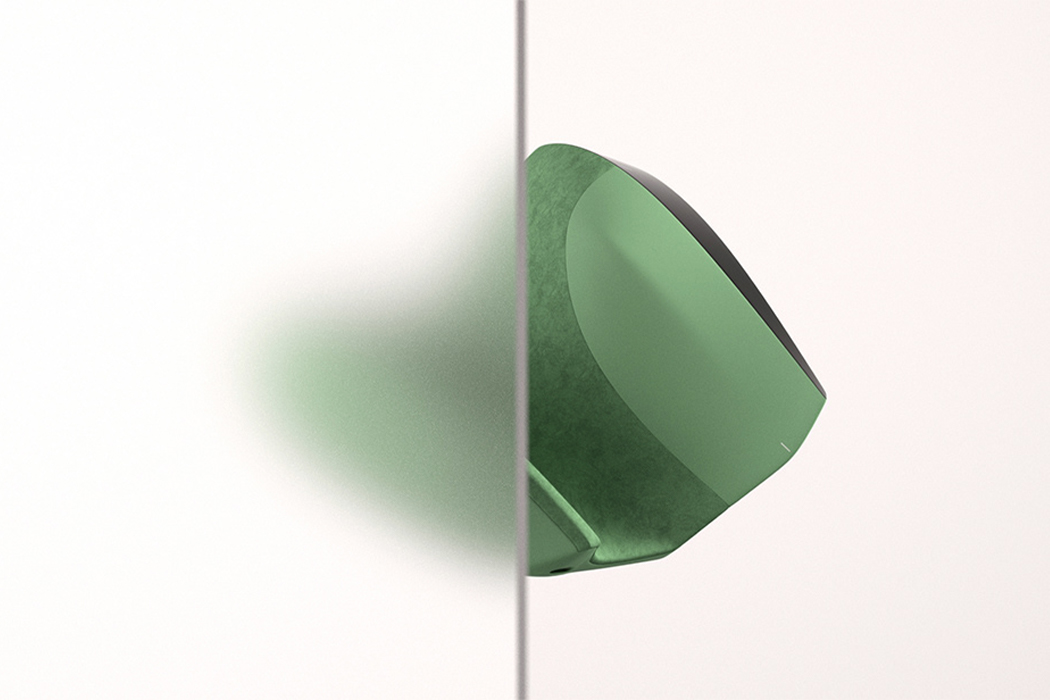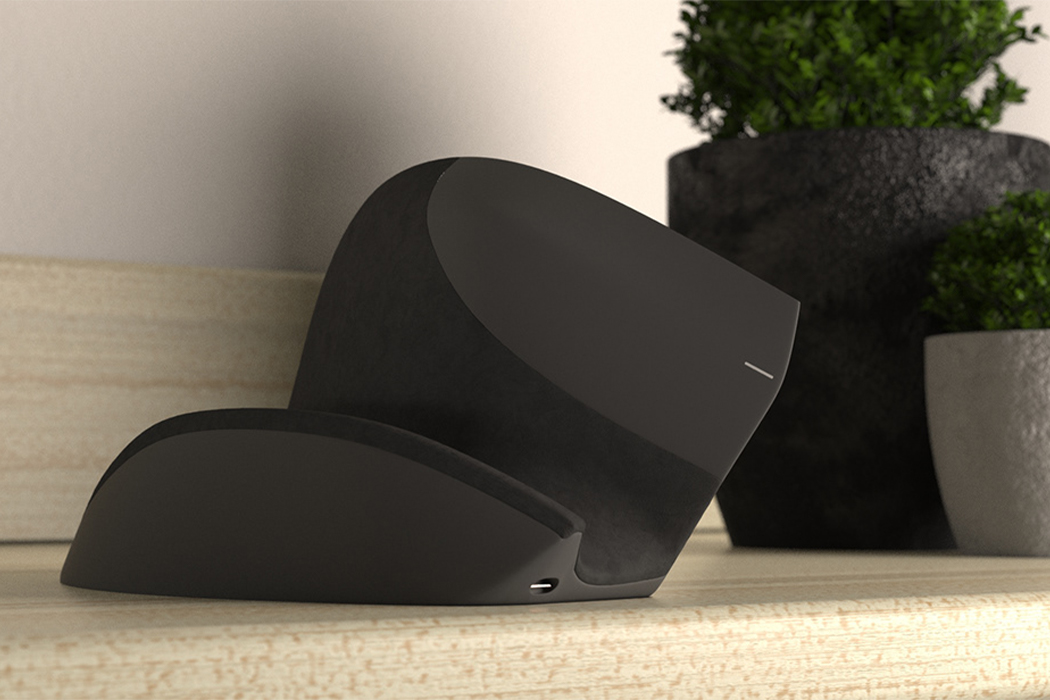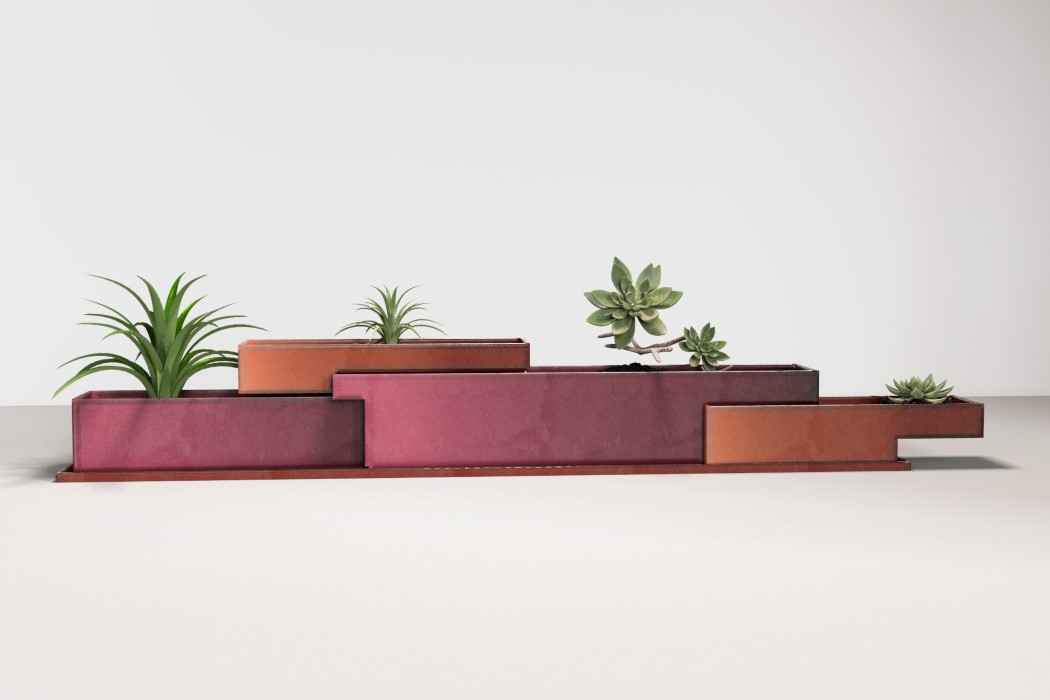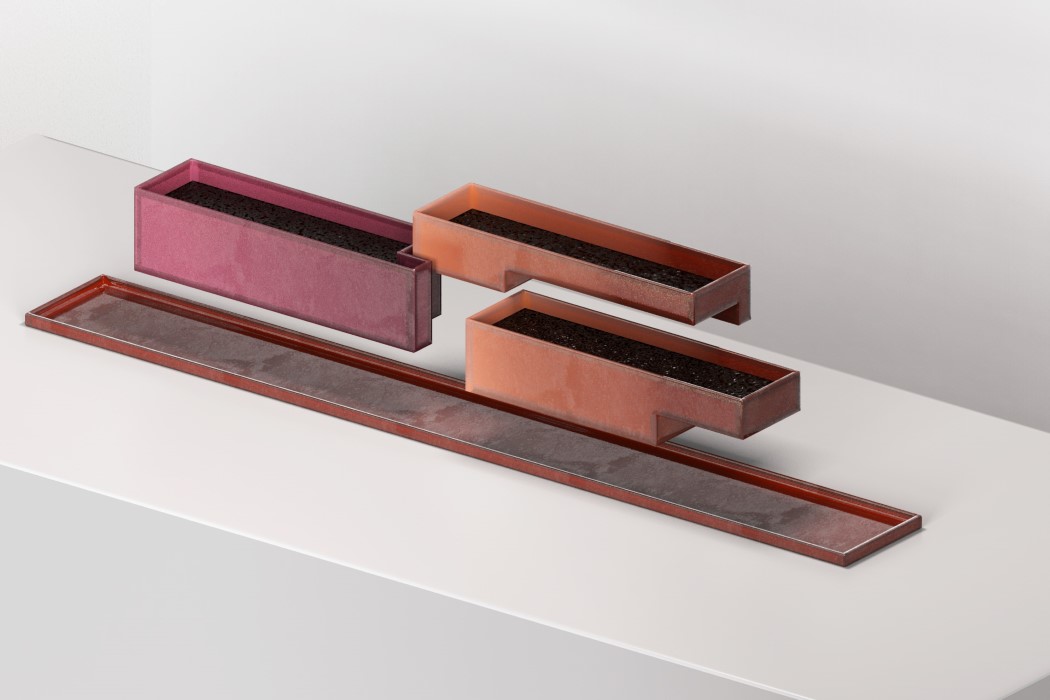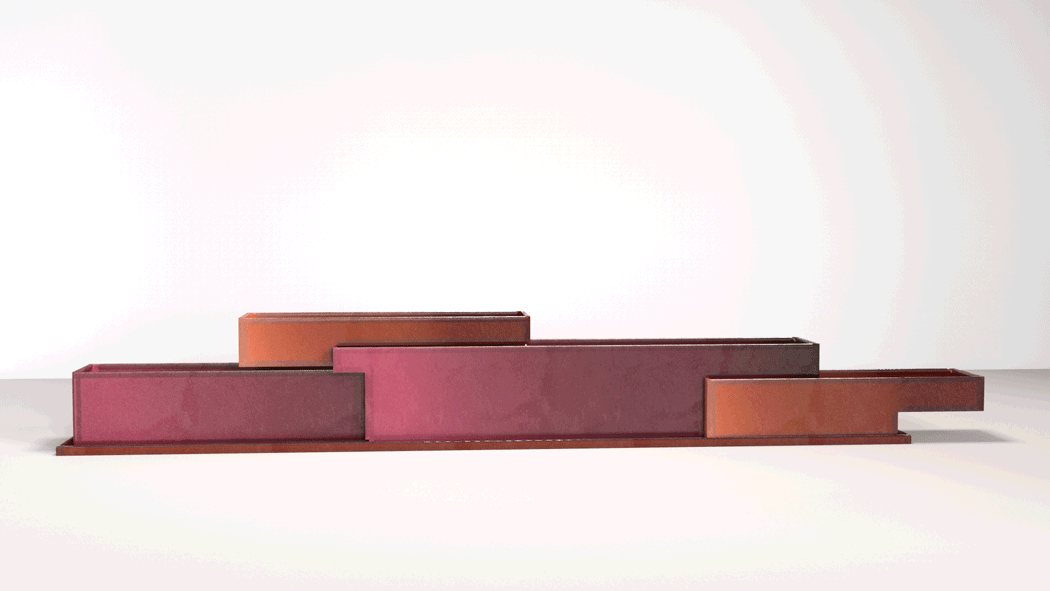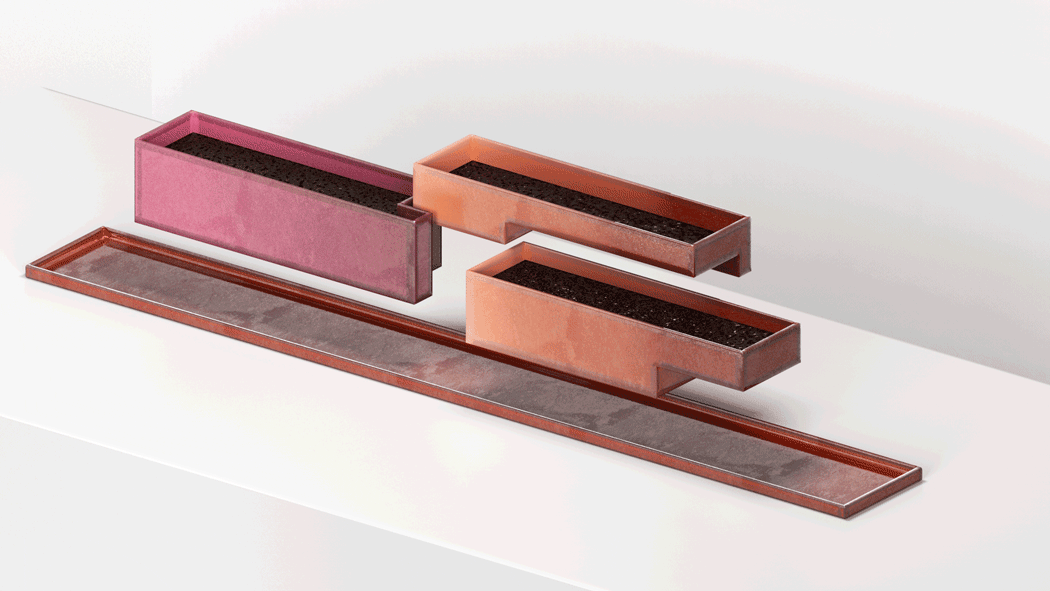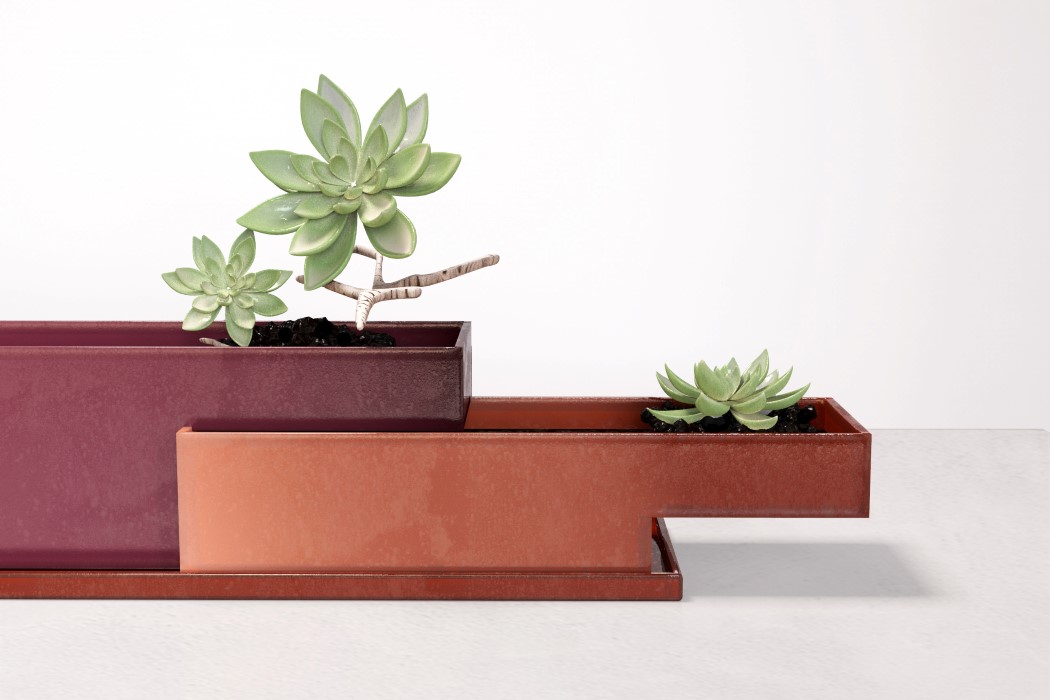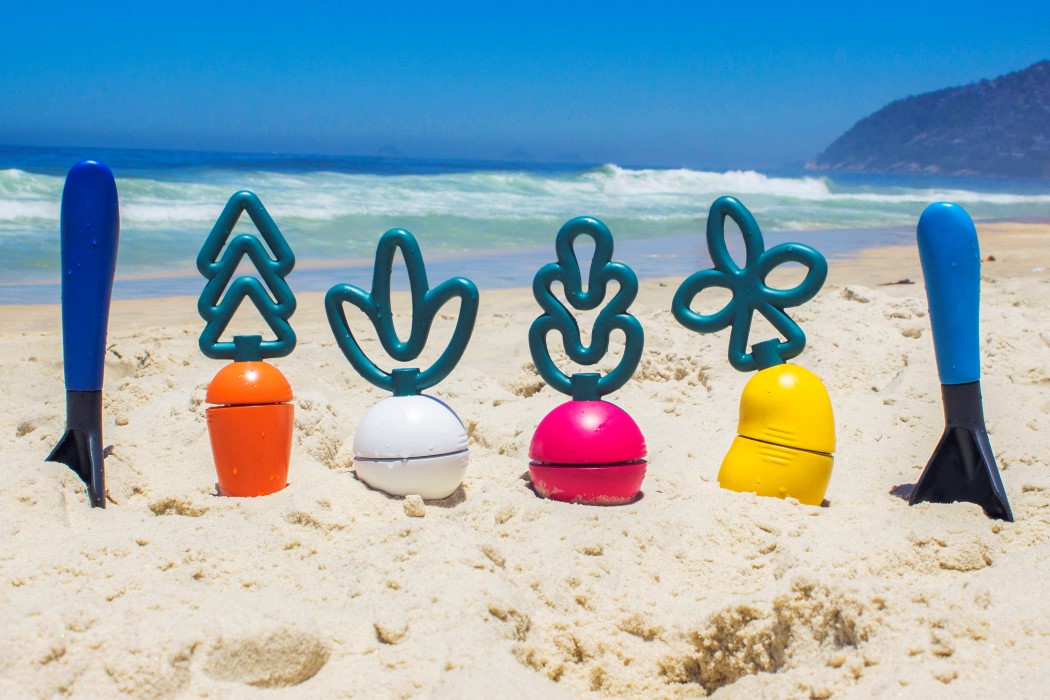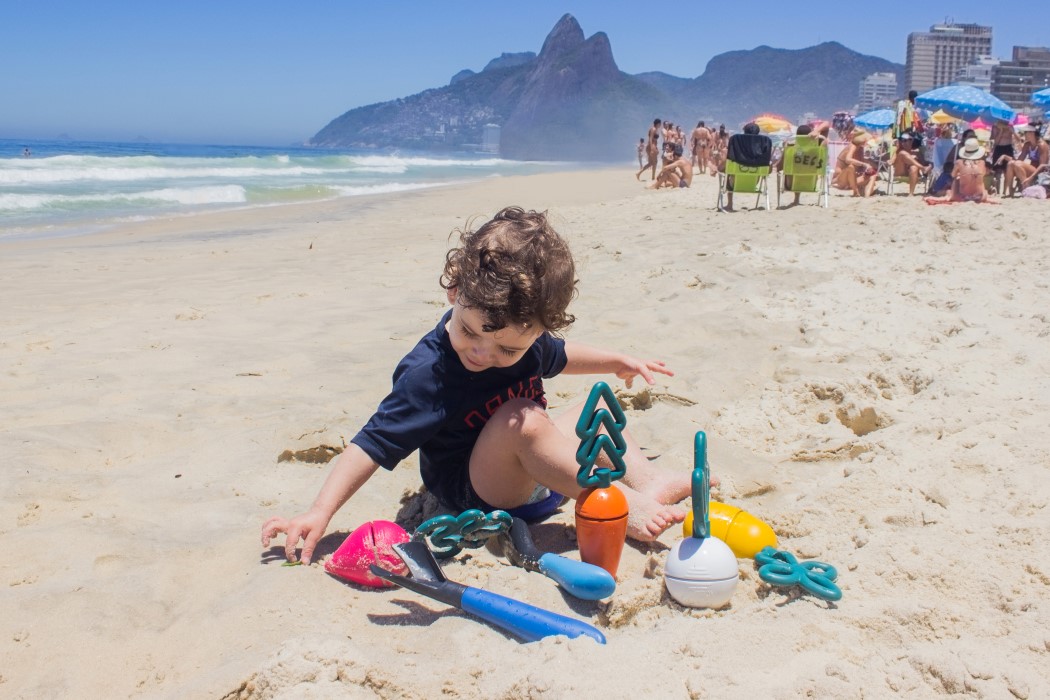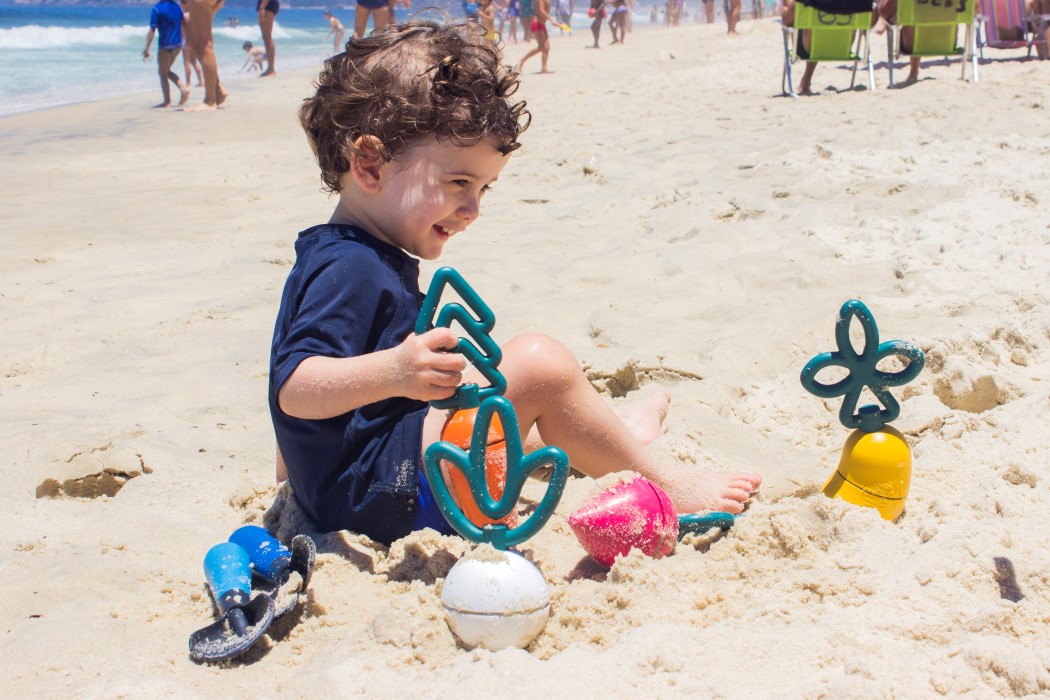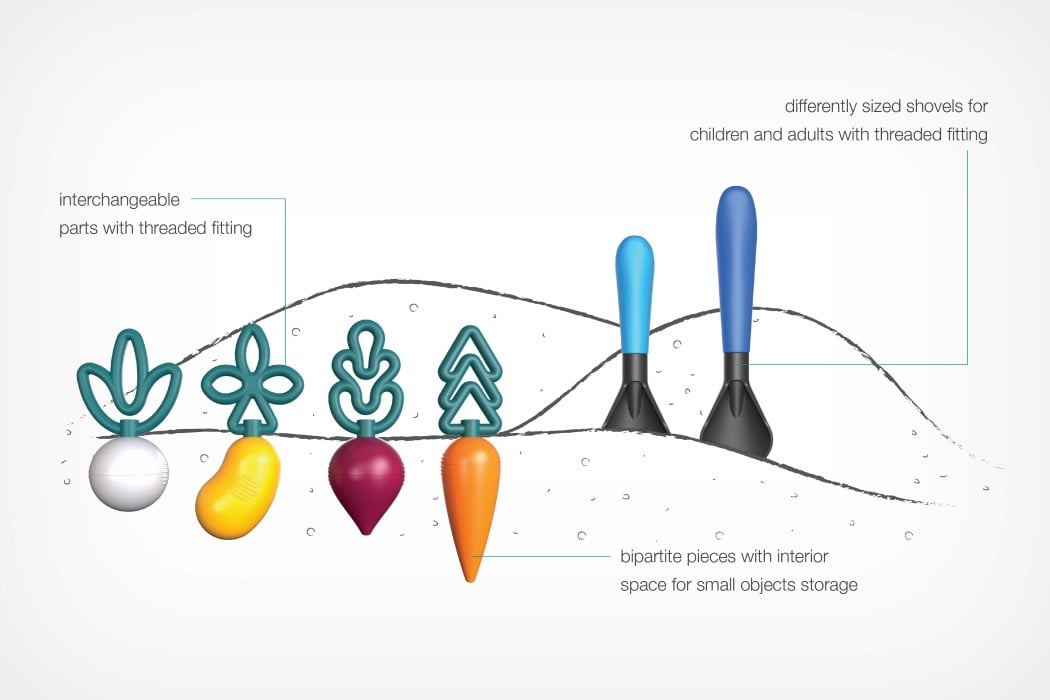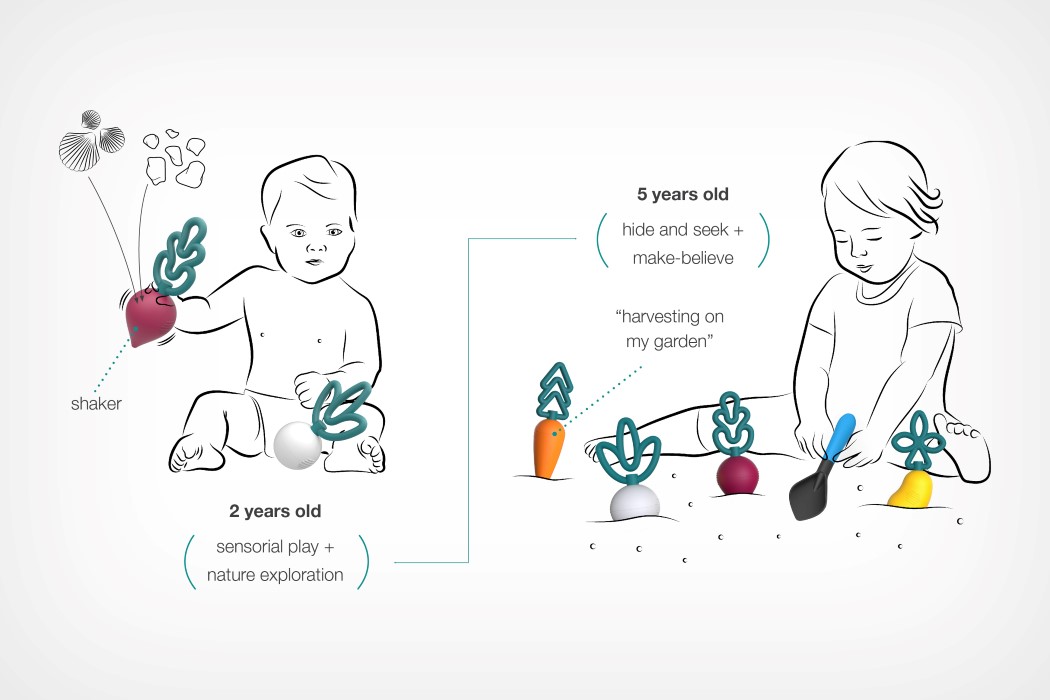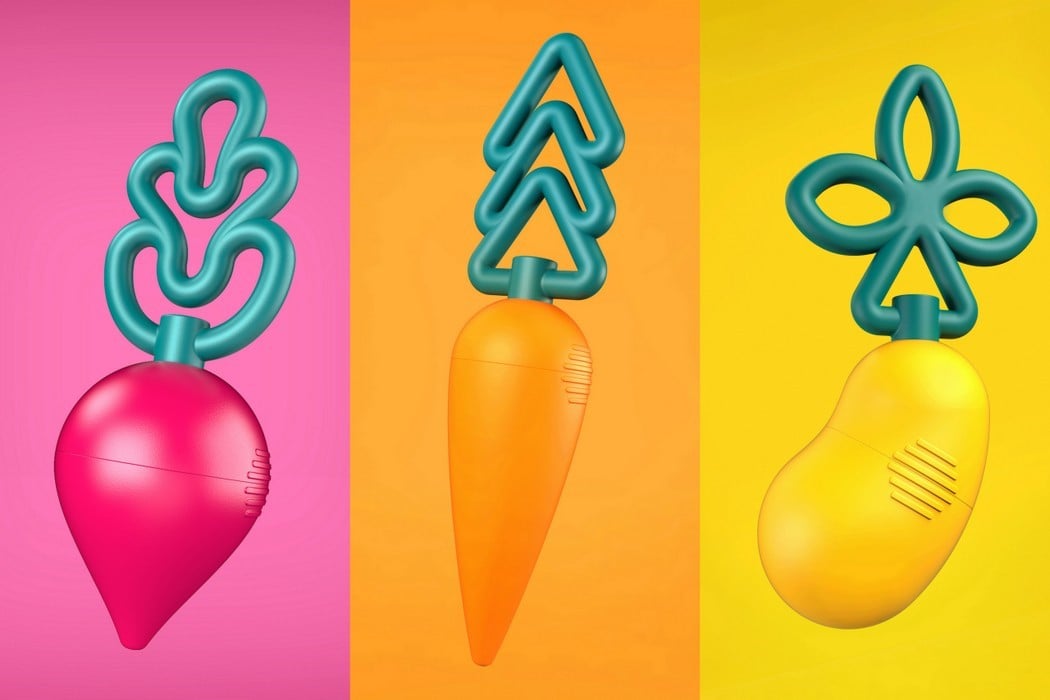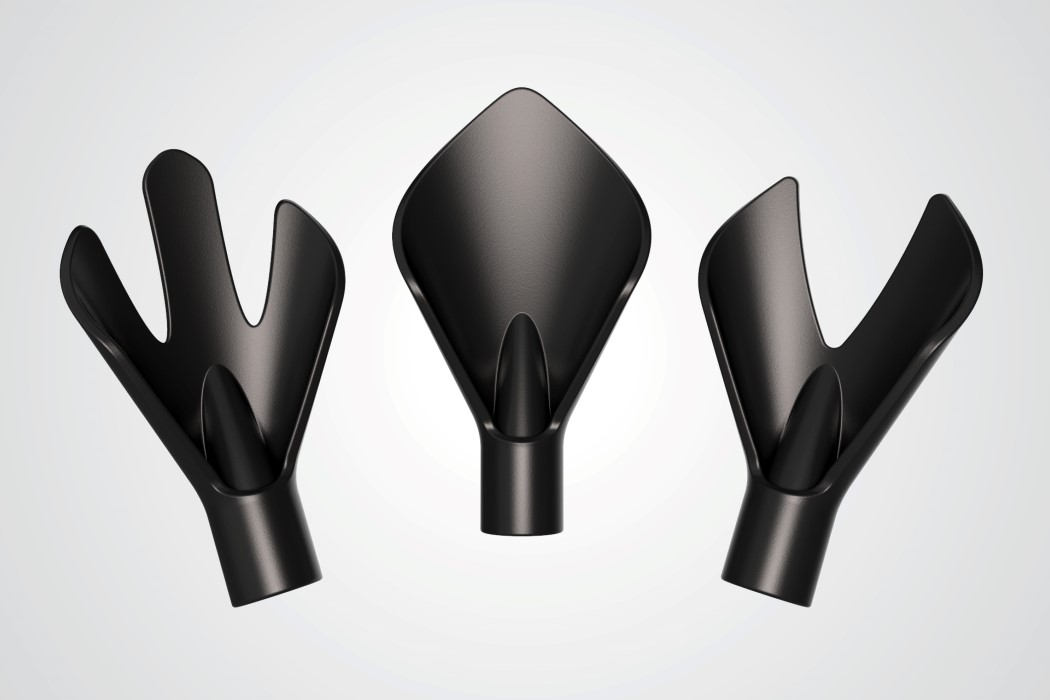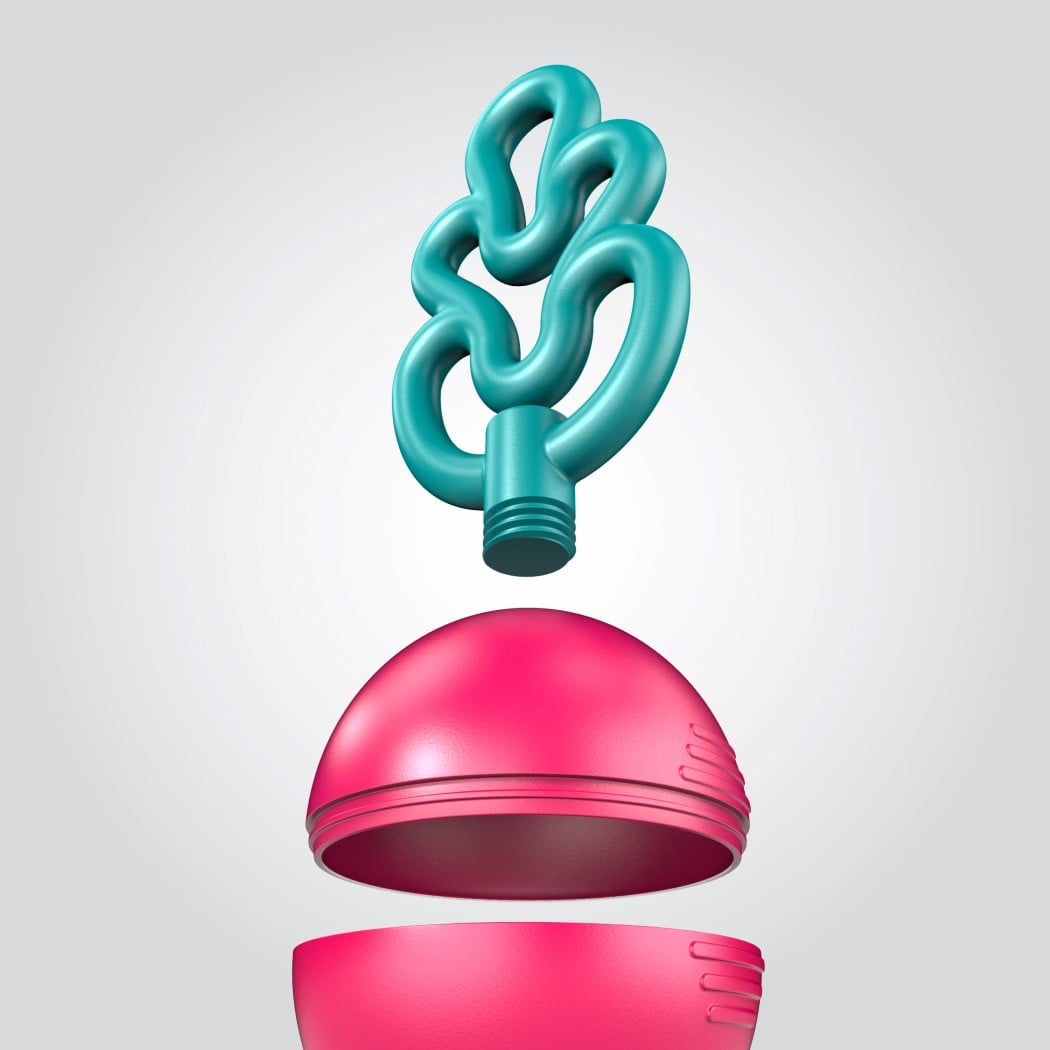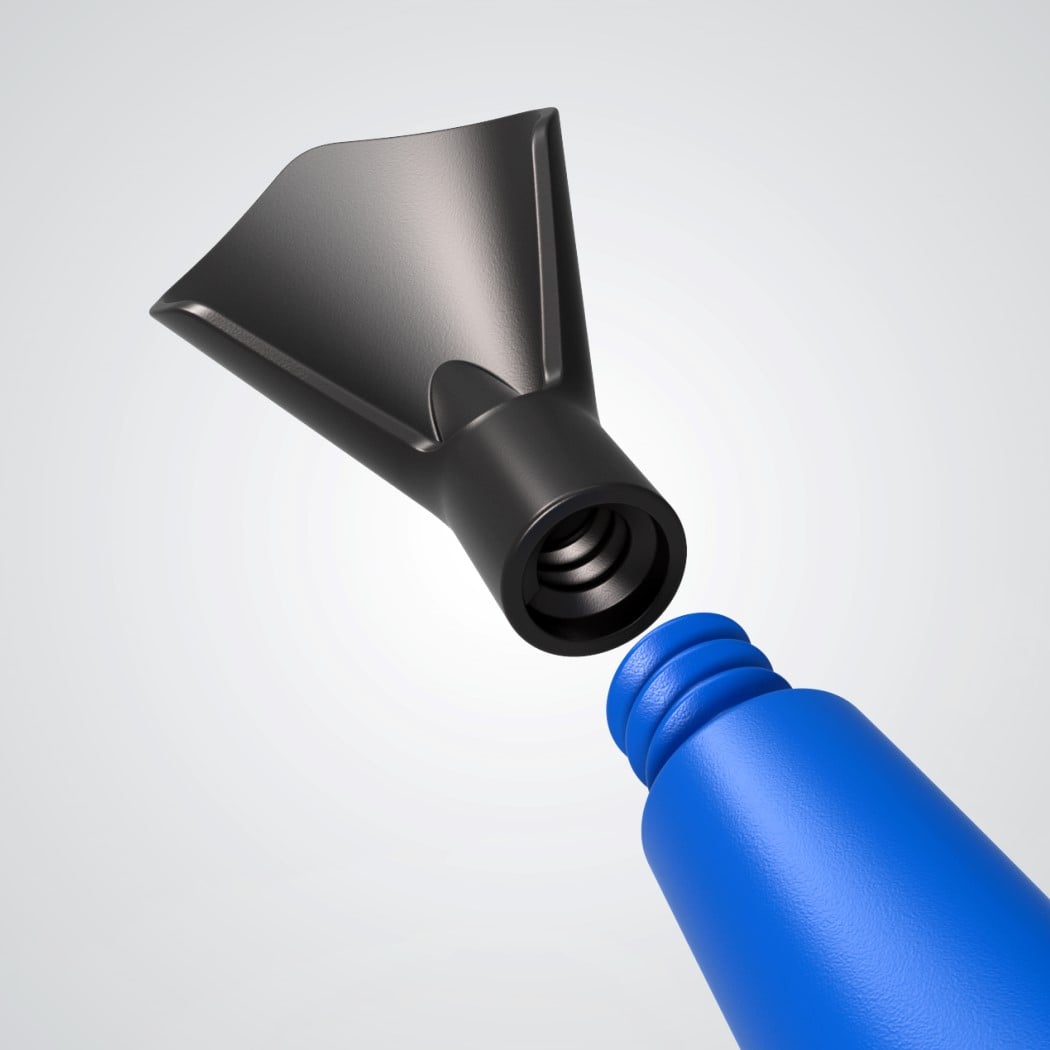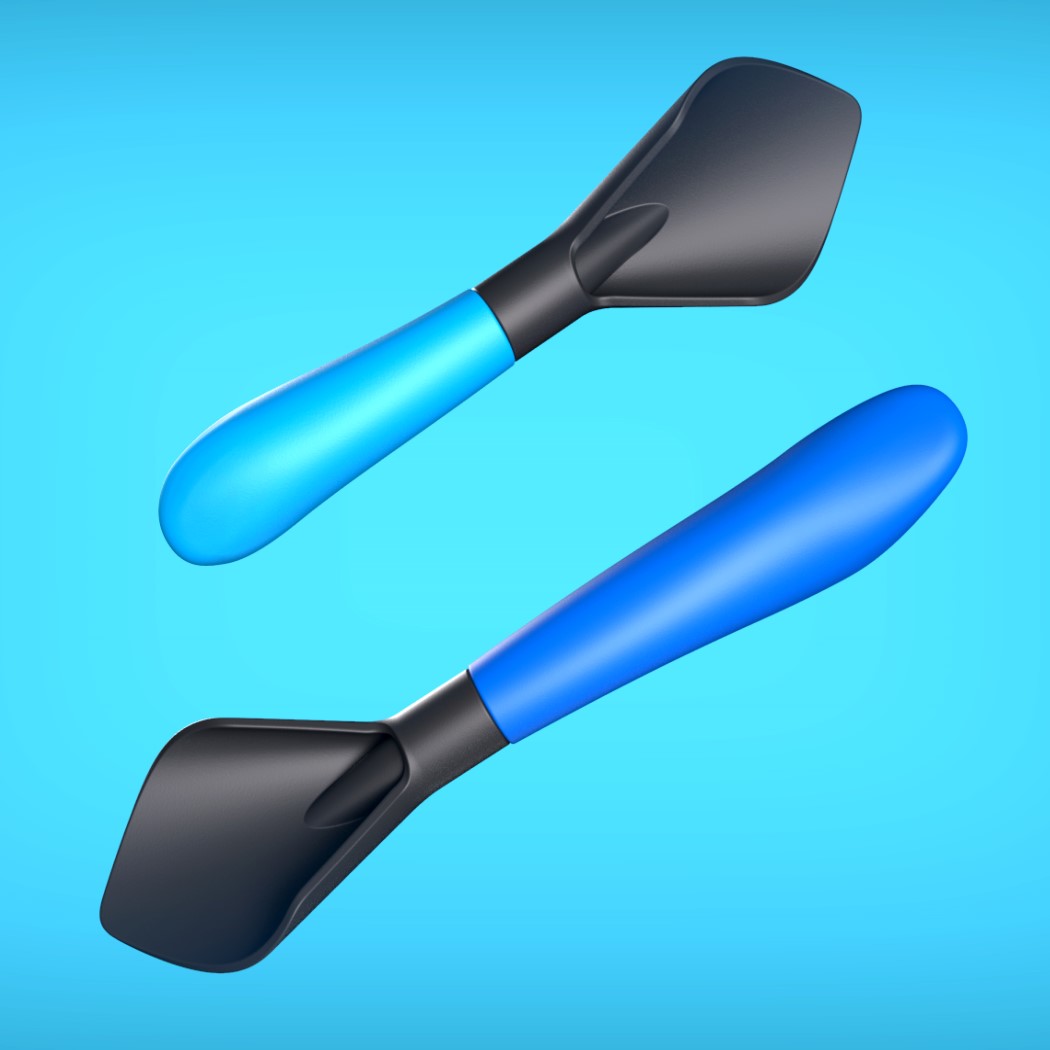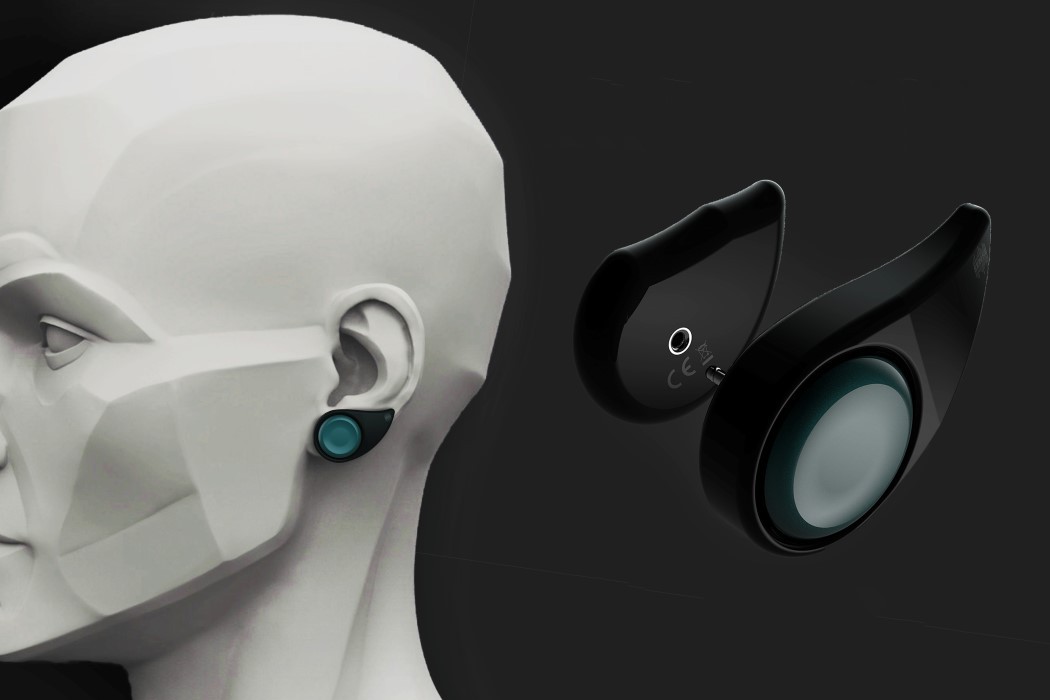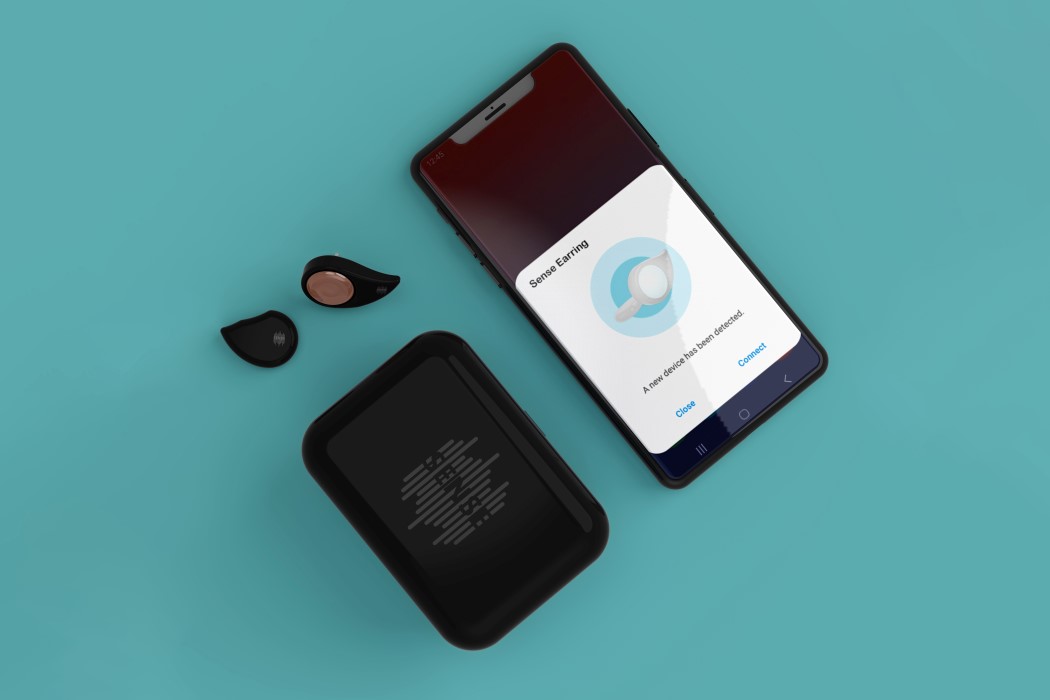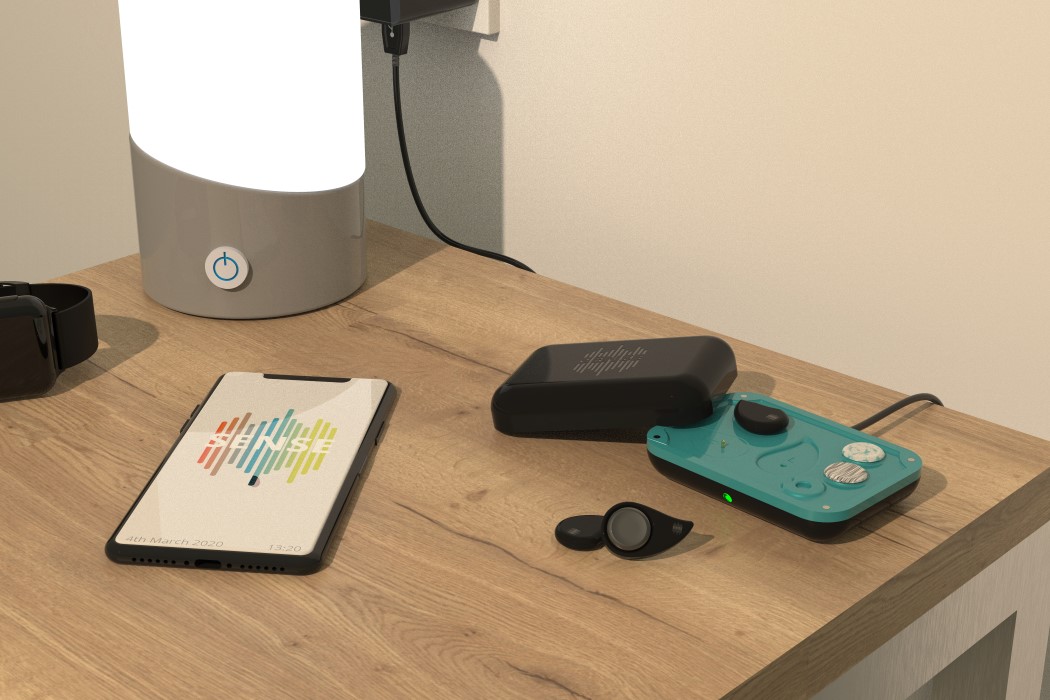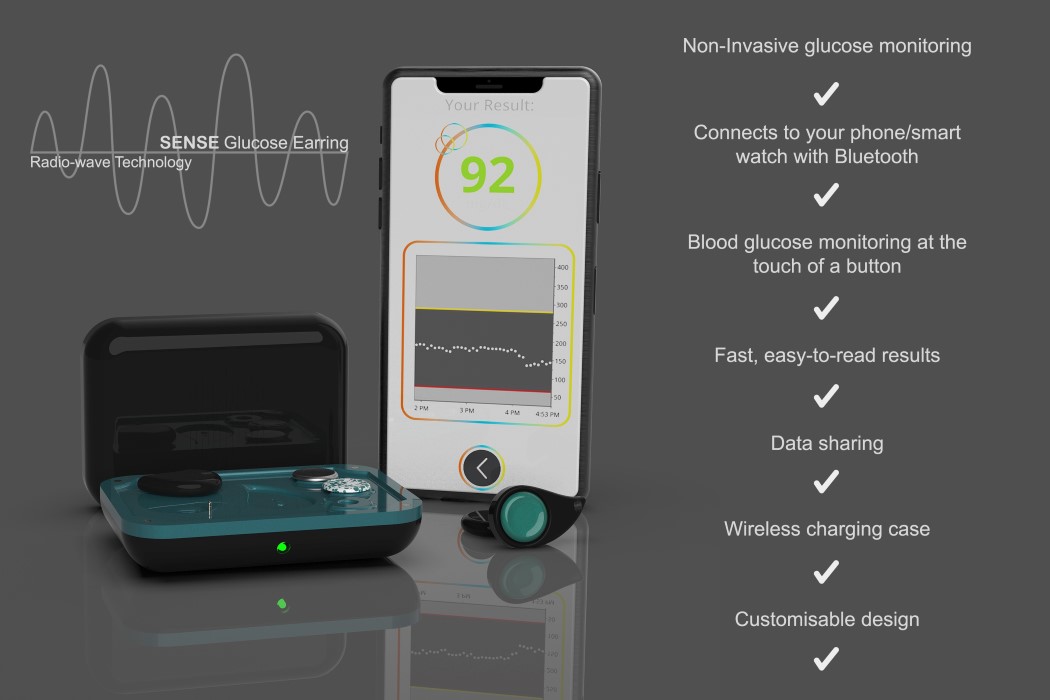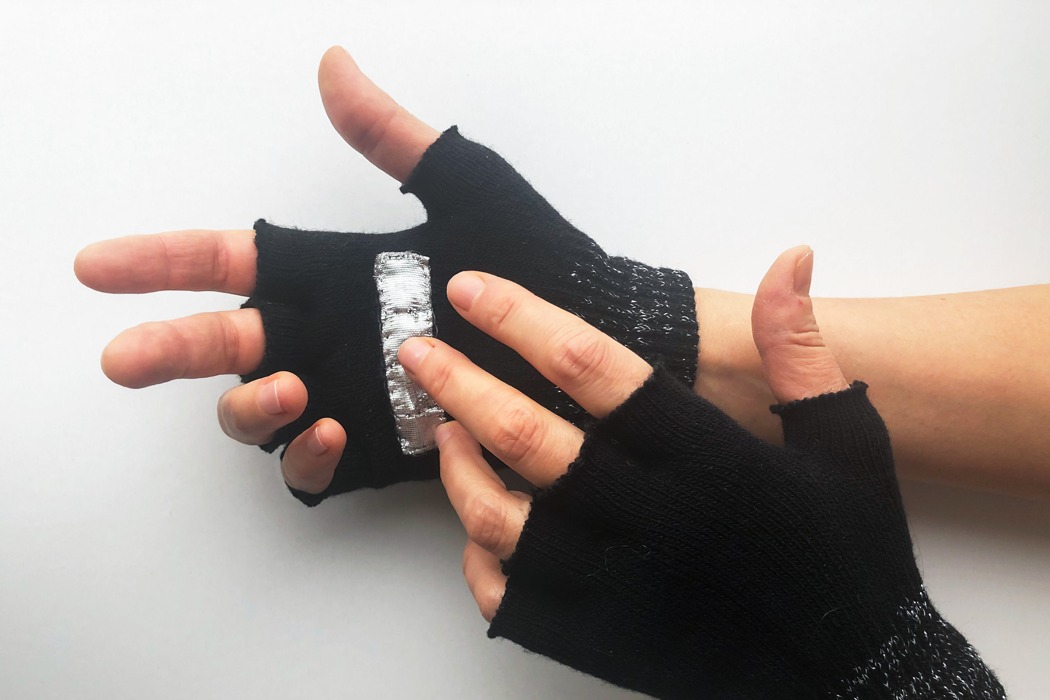
According to most studies, the number one fear people have is public speaking. We’re a heavily social species, which is why public perception or interaction can oftentimes be a leading cause of anxiety. Especially after nearly a year of being locked at home, the very idea of being around too many people, especially strangers, can be daunting for some, and triggering for others. The InTempo, a project that secured a finalist position at the LEXUS DESIGN AWARD 2021, hopes to alter that by relieving social anxiety.
Designed by Alina Holovatiuk as a coping mechanism to get one through social situations without anxiety or panic, the InTempo are a pair of fingerless mitts that help calm you down. They use a combination of techniques and therapies to alleviate the symptoms of anxiety and help distract your mind. Perhaps one of the most telling indications of a panic attack are to feel your hands going cold and clammy. A burst of epinephrine in your body causes the blood vessels in your hands and feet to constrict, forcing blood to rush to your heart and brain instead. By virtue of their design, the mitts keep your hands warm while also absorbing any sweat off your palms. The fingers remain exposed, allowing you to be able to bite your nails if that’s your response to anxiety. It even ensures you can go about your life as usual by being able to use your phone’s touchscreen, etc. However, the most important feature of the InTempo mitts is the presence of a special set of touch-sensitive pads around the palms. Clad in metallic cloth, these pads act as a tactile device that encourages you to tap on it to the rhythm of music playing on your smartphone. The idea lies in the power of Rhythm Therapy, which can help destress a person without antidepressants, beta-blockers, or other medicines.
The outer and central layers of the touch-pads are conductive. When pressed, the layers get compressed together, forming a closed electric circuit. These tiny electrical signals are then sent to your smartphone, which times them with the rhythm of the music you’re listening to. When the rhythm of your finger-taps coincide with the beat of the song, the mittens send positive tactile feedback by mildly vibrating. This reward helps boost your confidence while distracting your mind and effectively reducing your anxiety.
Selected as one of the six finalists of the LEXUS DESIGN AWARD 2021, the InTempo mitts encapsulate the award theme of “Designing for a better tomorrow”. Currently in their 9th year, the Lexus Design Awards are on a mission to ideate and innovate for a better future for humanity as well as for the planet. With the theme of “Designing for a Better Tomorrow”, the awards program looks at solutions that have a uniquely positive impact on society, humanity, and in the process, to reward a new generation of designers by helping bring their impactful ideas to fruition. Along with accelerating, developing, and promoting design projects, the Lexus Design Award helps kickstart design careers too, with exclusive mentorships from international design stalwarts like Joe Doucet, Mariam Kamara, Sabine Marcelis and Sputniko!, as well as funding for prototypes (up to 3 million Japanese Yen or $25,000 per project) and the opportunity to have your work judged by the biggest figures in design in the final Grand Prix competition. This year’s judges include Paola Antonelli (Senior Curator at MoMA), Dong Gong (Founder and Principal Designer at Vector Architects), Greg Lynn (Architect and CEO at Piaggio Fast Forward), and Simon Humphries (Head of Toyota and Lexus Global Design).
The InTempo is one of the six finalists of the LEXUS DESIGN AWARD 2021. Stay tuned as we feature all the finalist designs following the Grand Prix Winner Announcement here on Yanko Design!
Designer: Alina Holovatiuk
Click Here to See All Six Lexus Design Awards Finalists!

InTempo Mitts
InTempo are mitts to aid people facing emotional stress (e.g. Sociophobia) in public spaces/during public actions. Touching certain spots on the mitts to the rhythm of music may help a person to calm themselves down.
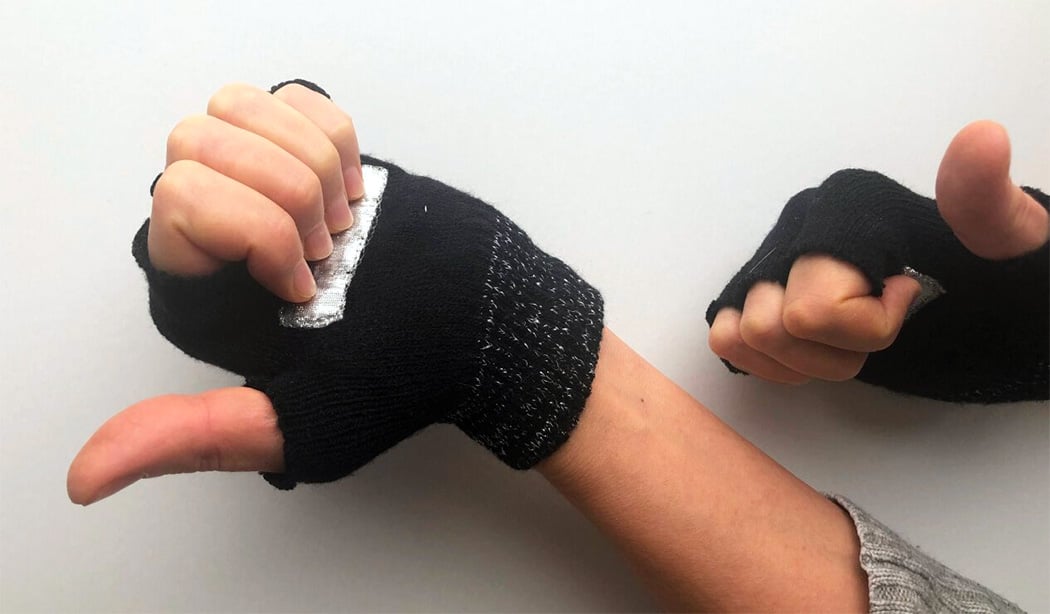
The InTempo concept envisions an expansion of the musical experience combined with personalized soothing therapy. A person’s perception of rhythmic pulsations and attempts to repeat them will help reduce the overall level of stress and focus you on something else.
These InTempo mitts are distinguished by fingerprint-shaped touch buttons on the palm side – a plastic consisting of five layers that form a durable touch panel. The outer and central layers are conductive. In addition to these, there are two more insulating layers on either side of the central one. The element is activated by touch: when touched, the layers are compressed, forming a closed electric circuit. These influences are measured and interpreted using electronic controllers (in the form of a button) associated with sensors, which convert the action into a signal for a controlled electronic device (player, smartphone, computer, etc.).
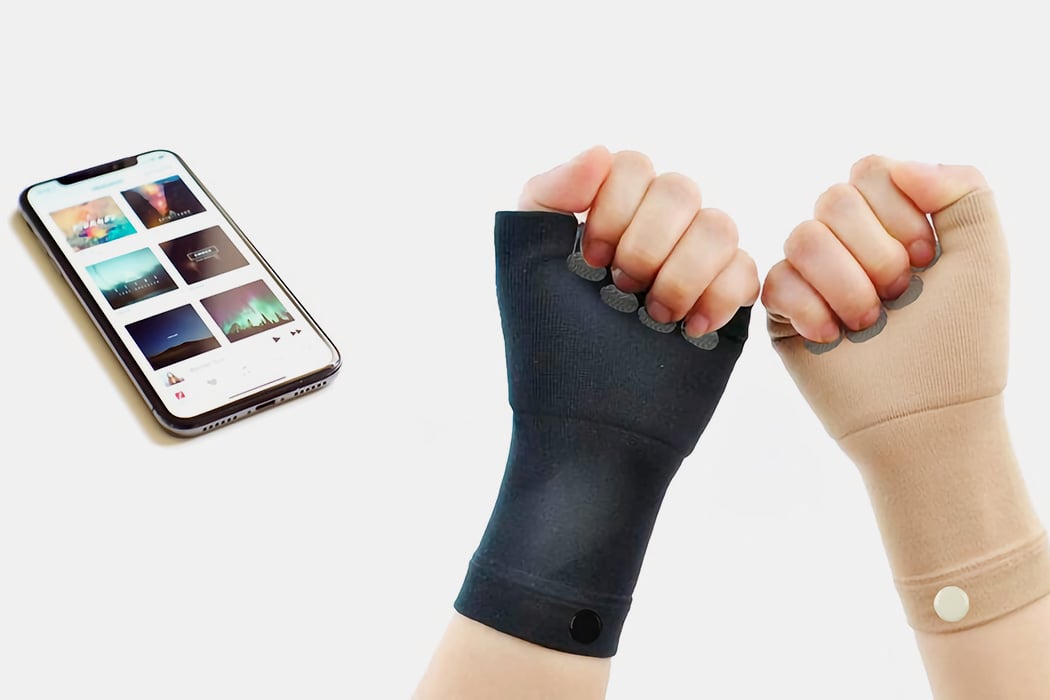
By placing sensors under the fingers on the inner side of the palm, while beating the rhythm, you clench your hand into a fist and this method of coping with anxiety symptoms remains unnoticed by others and, at the same time, you can calm down without anyone’s intervention. With the help of InTempo, fine motor skills of the hands are also developed and the perception of information by hearing improves, which in turn helps to cope with dysgraphia and dyslexia.
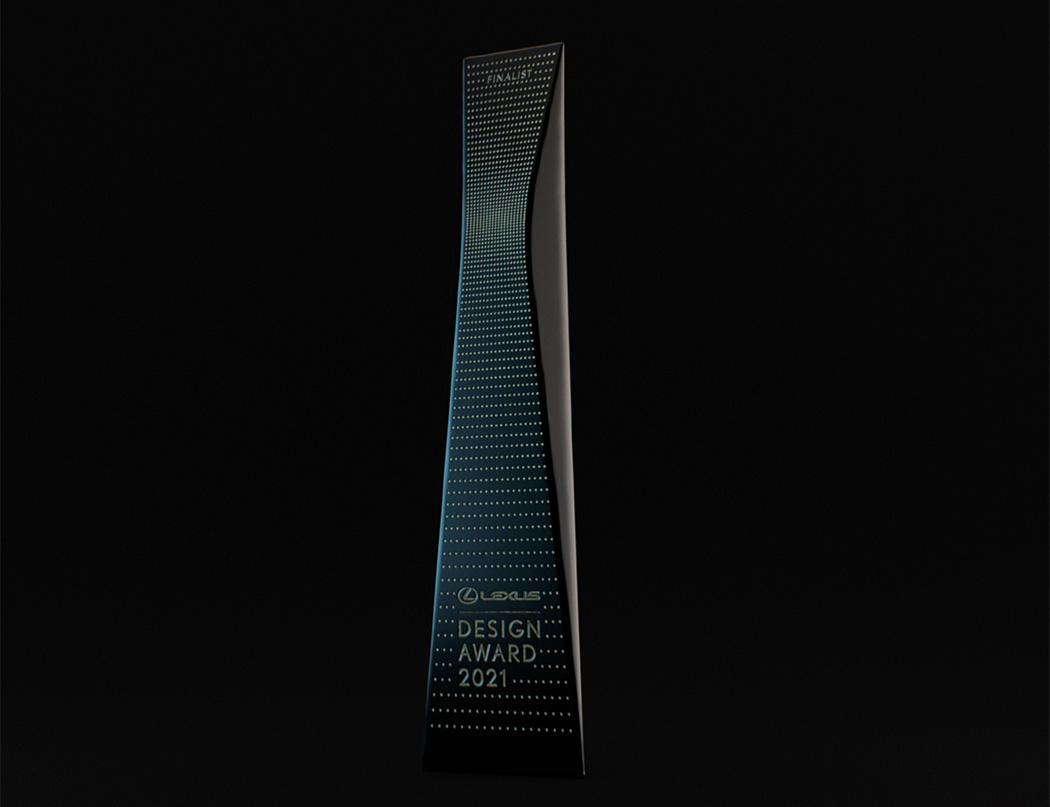
Click Here to See All Six Lexus Design Awards Finalists!

